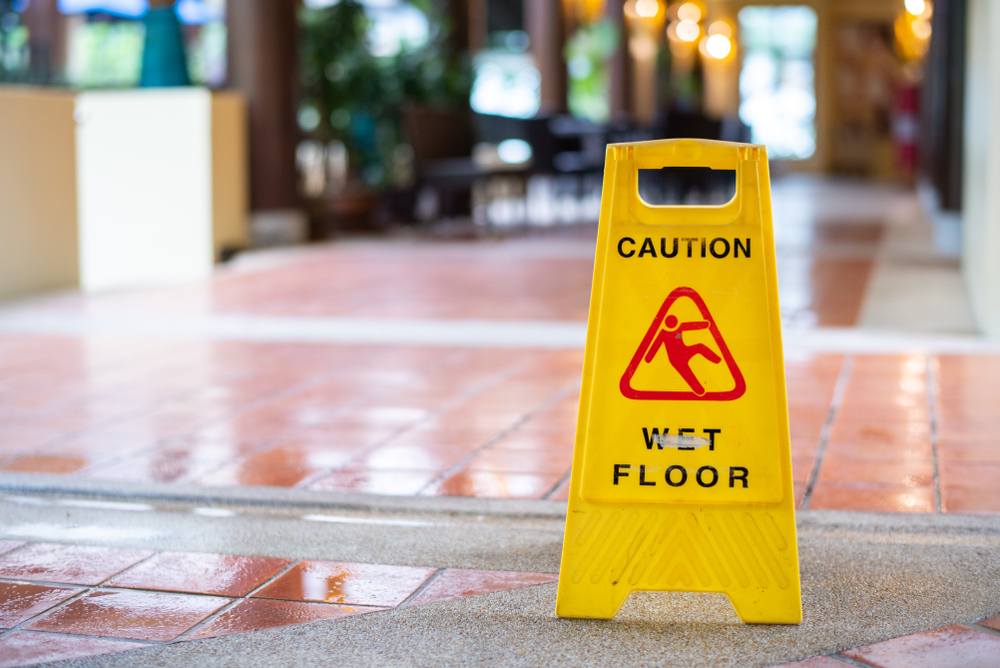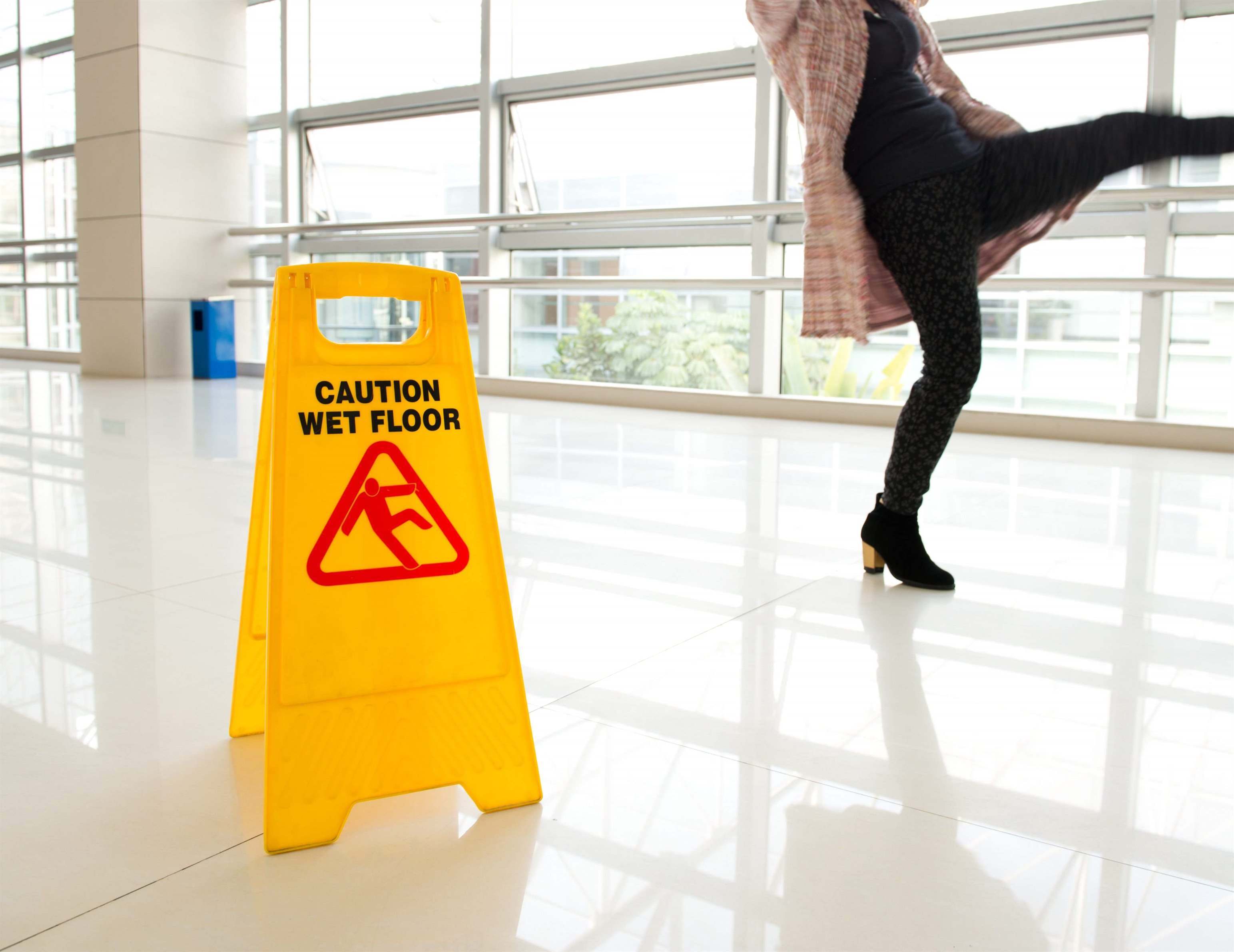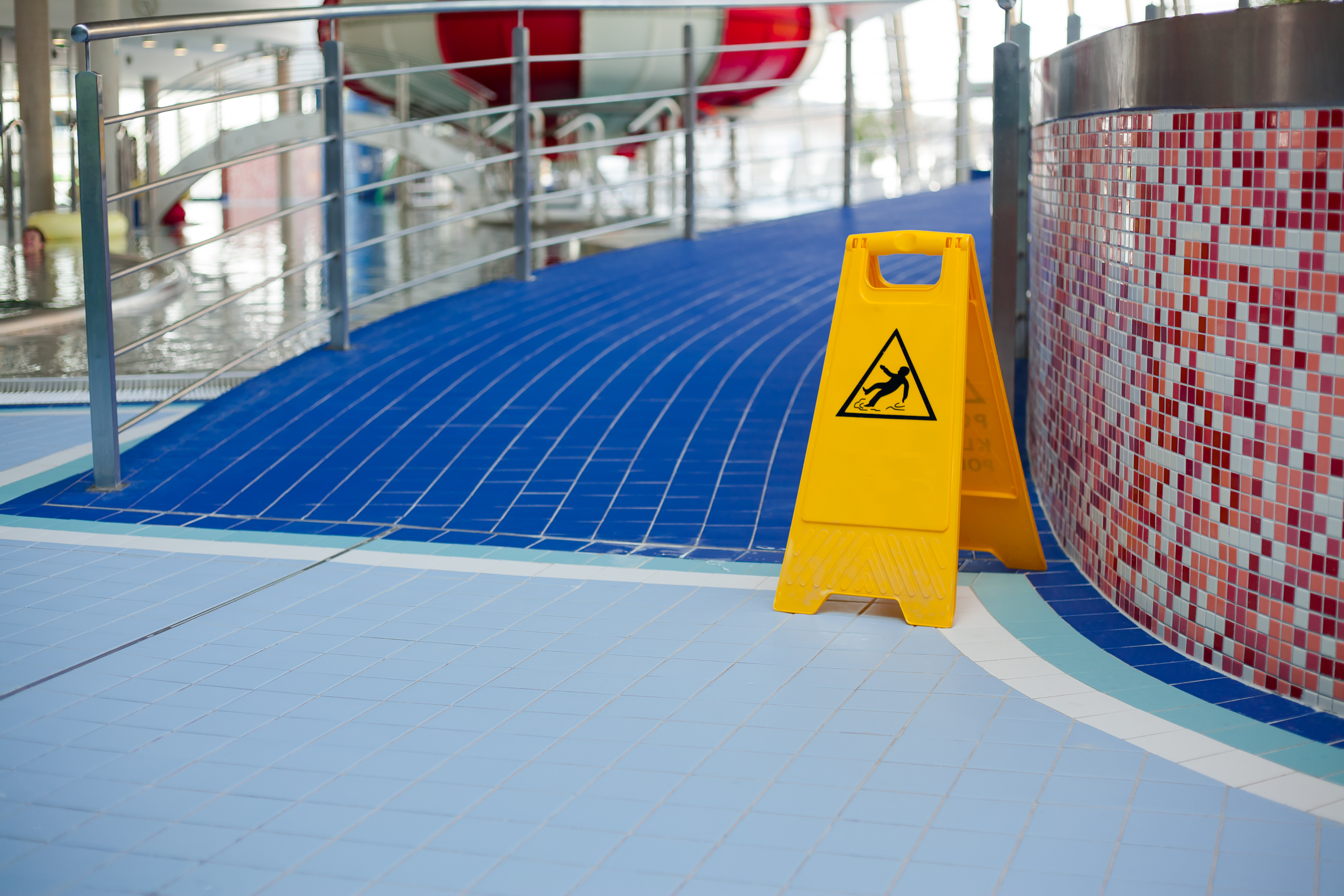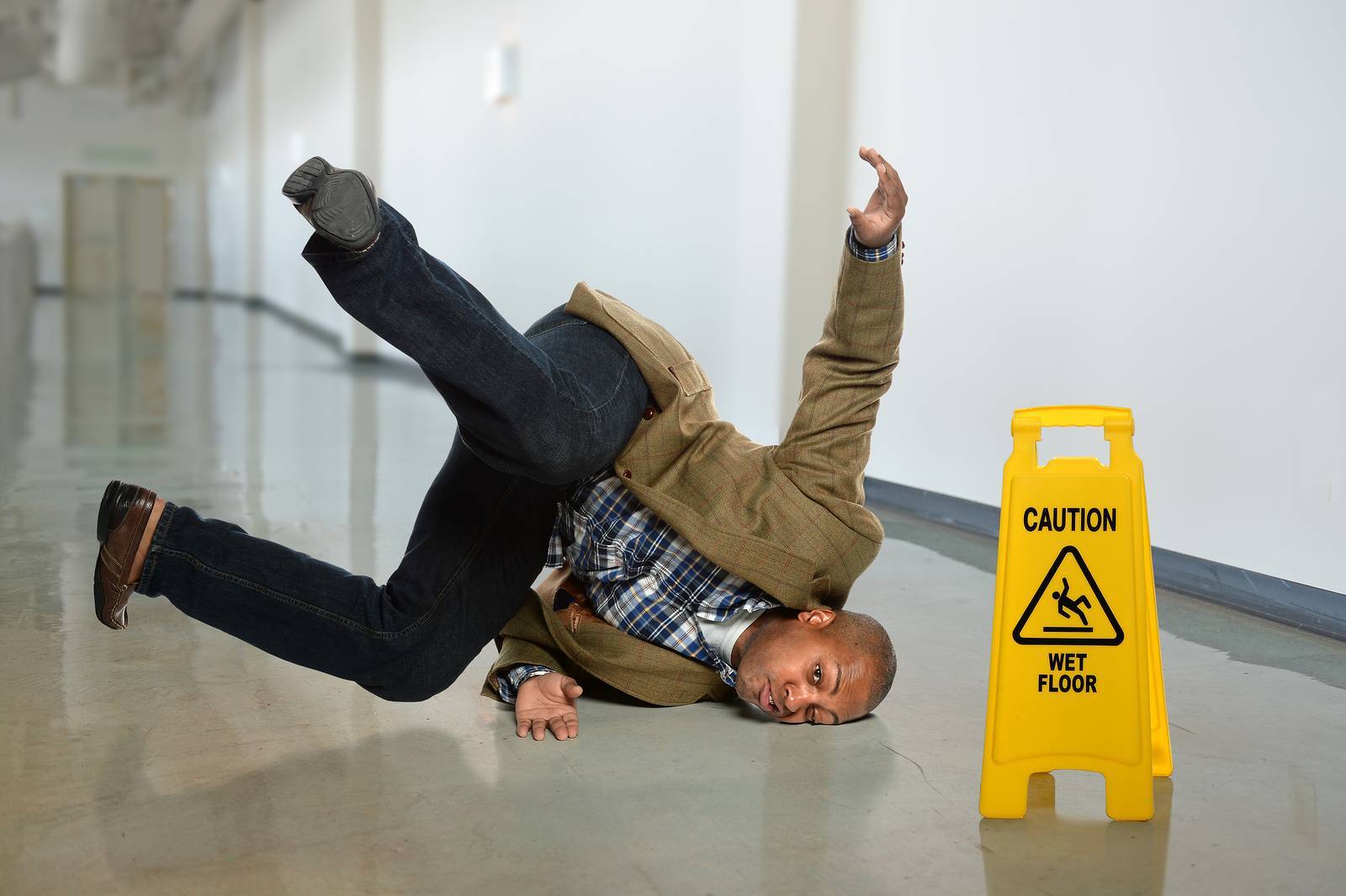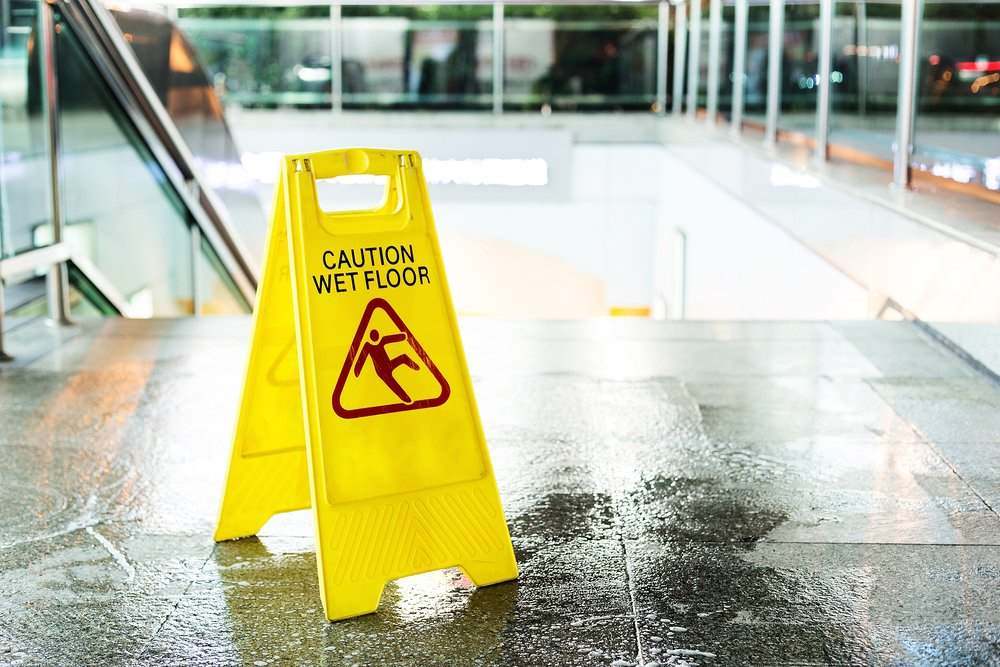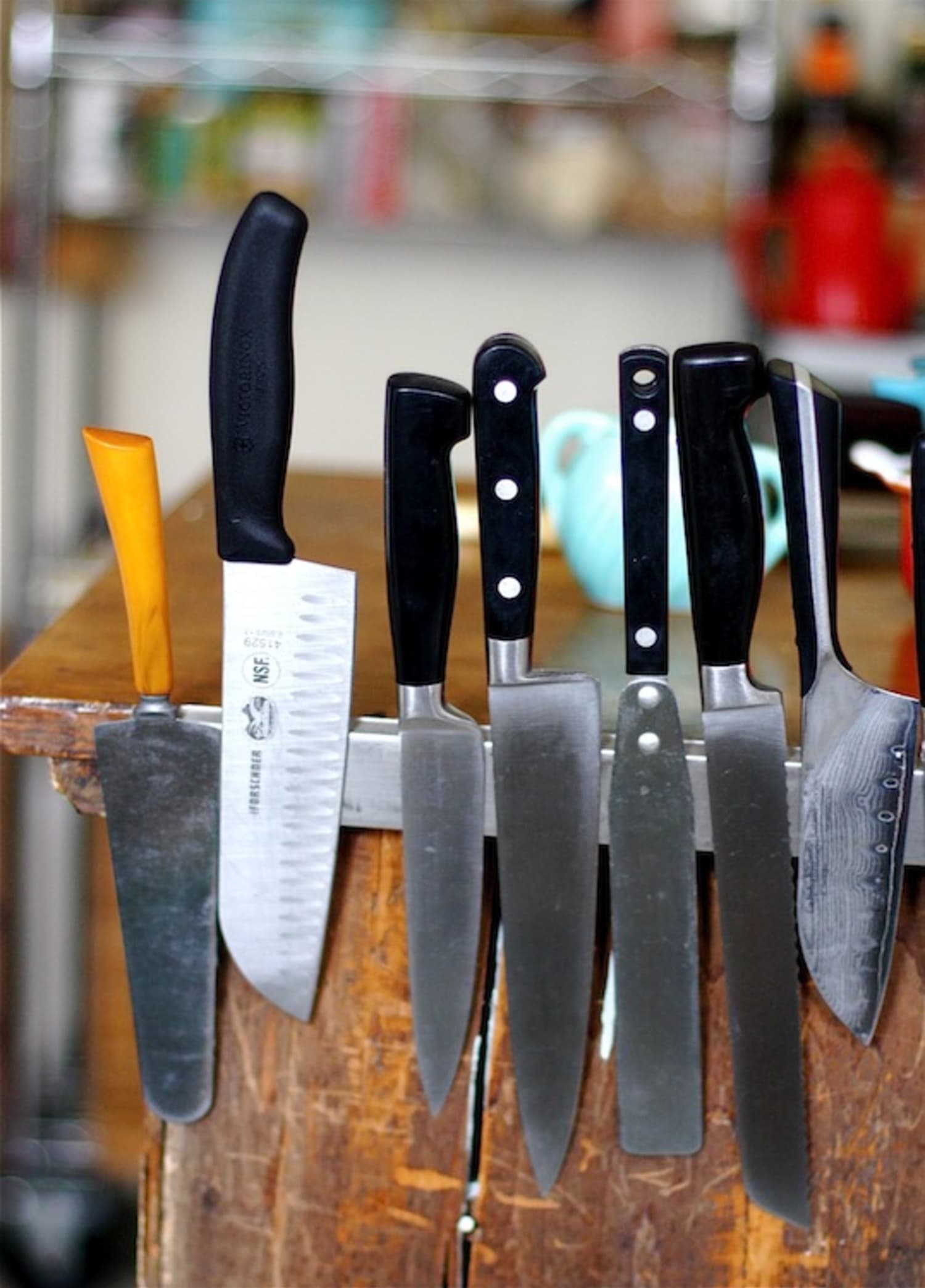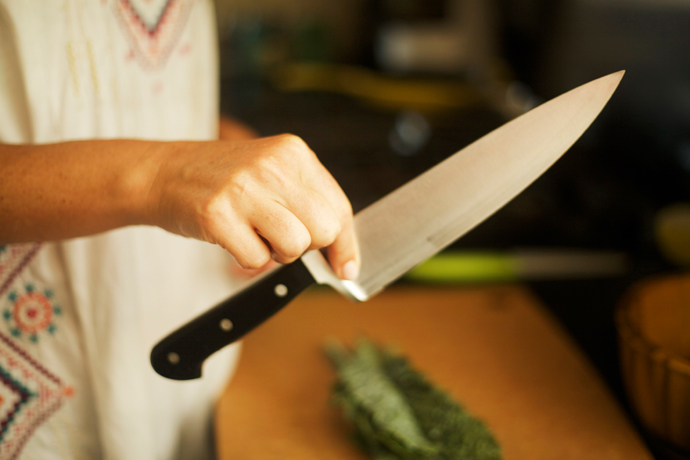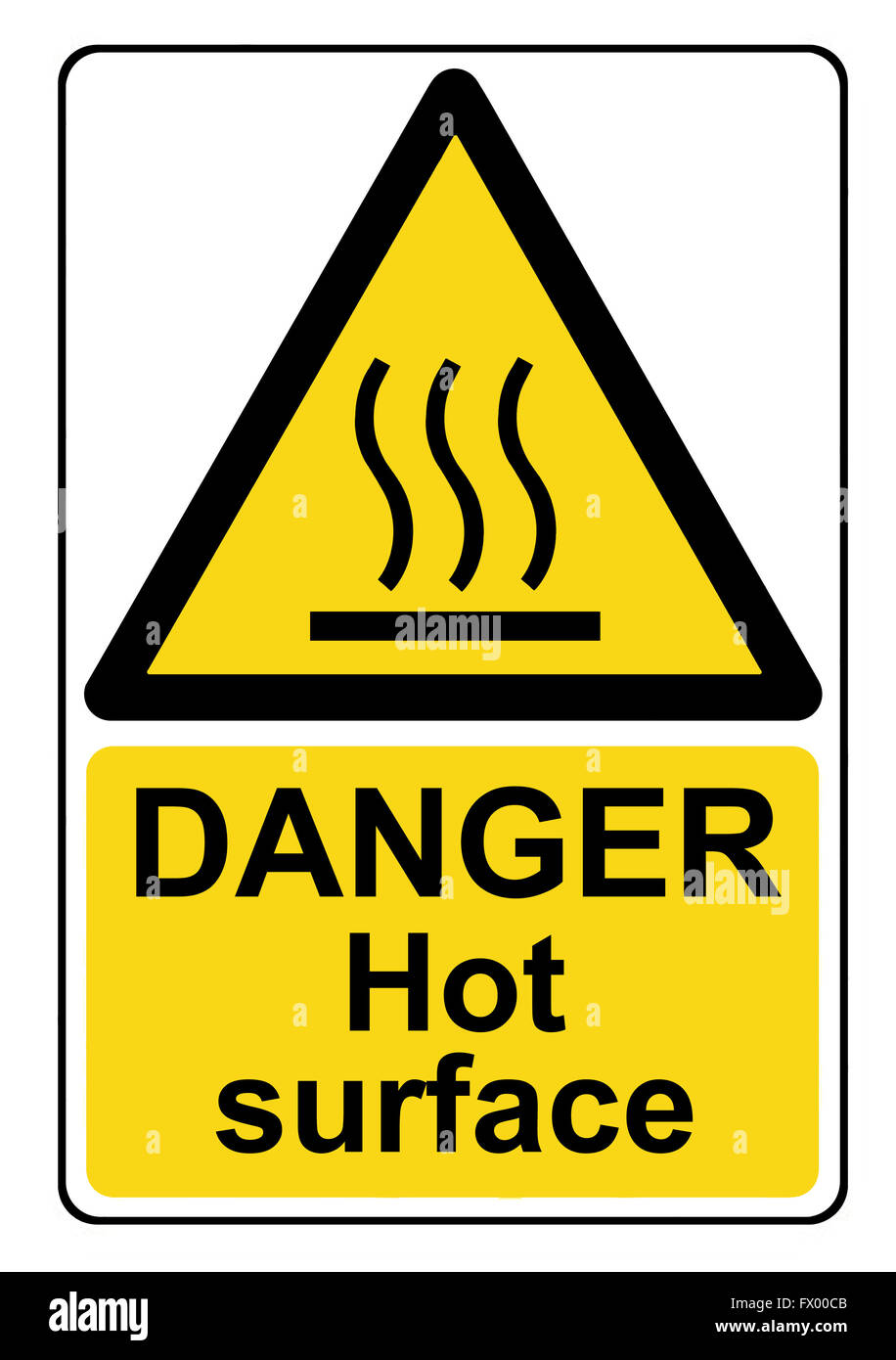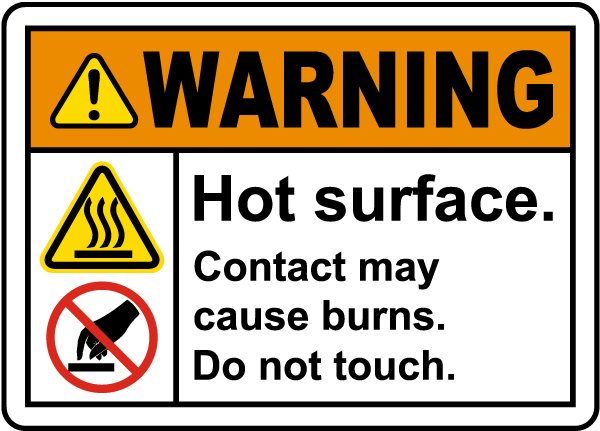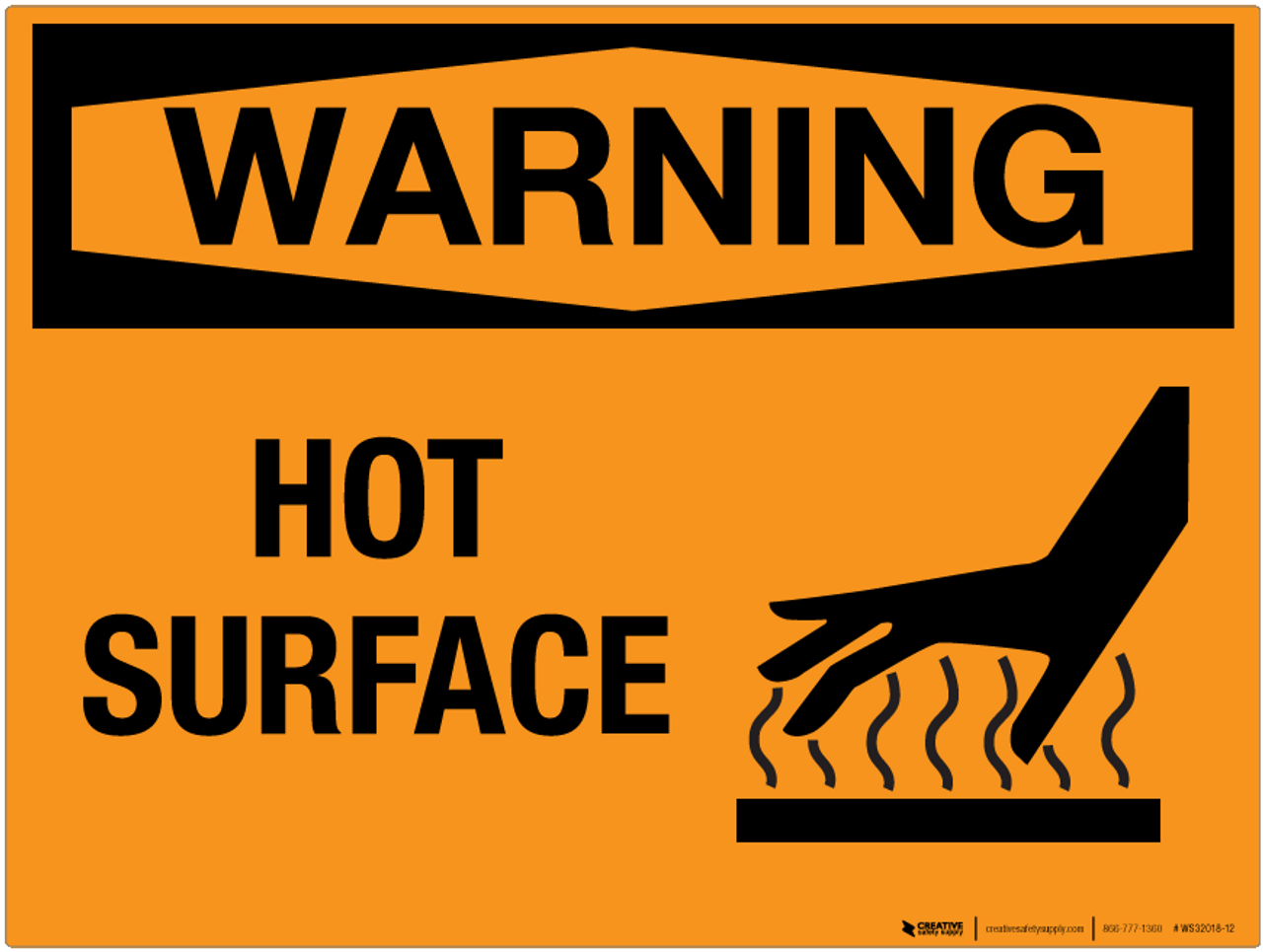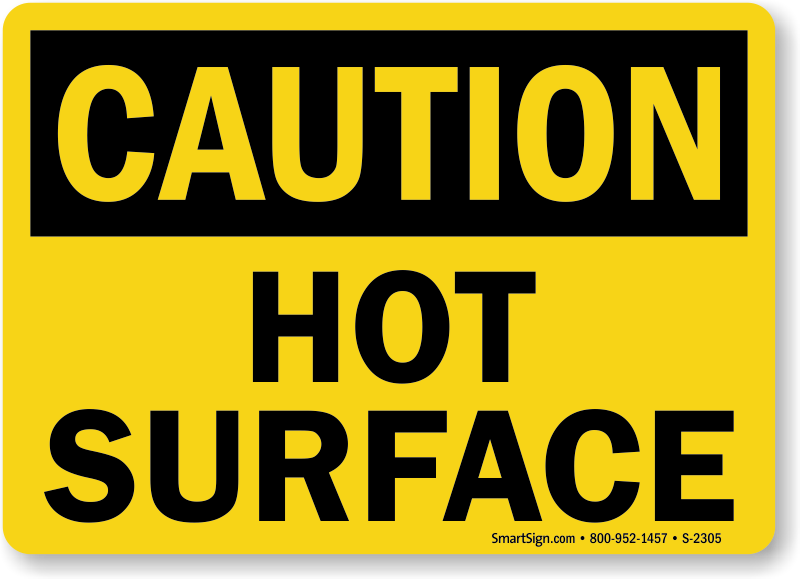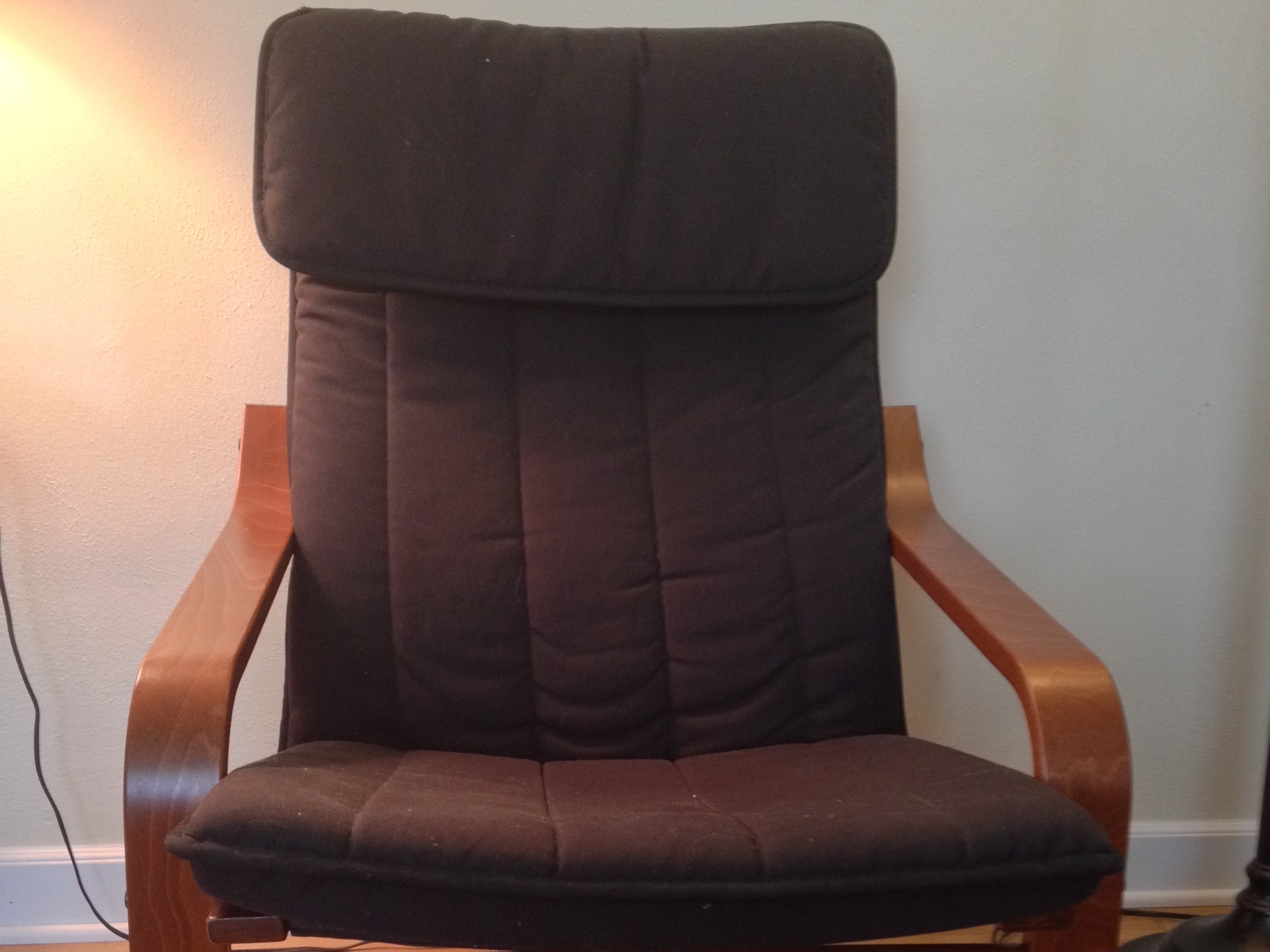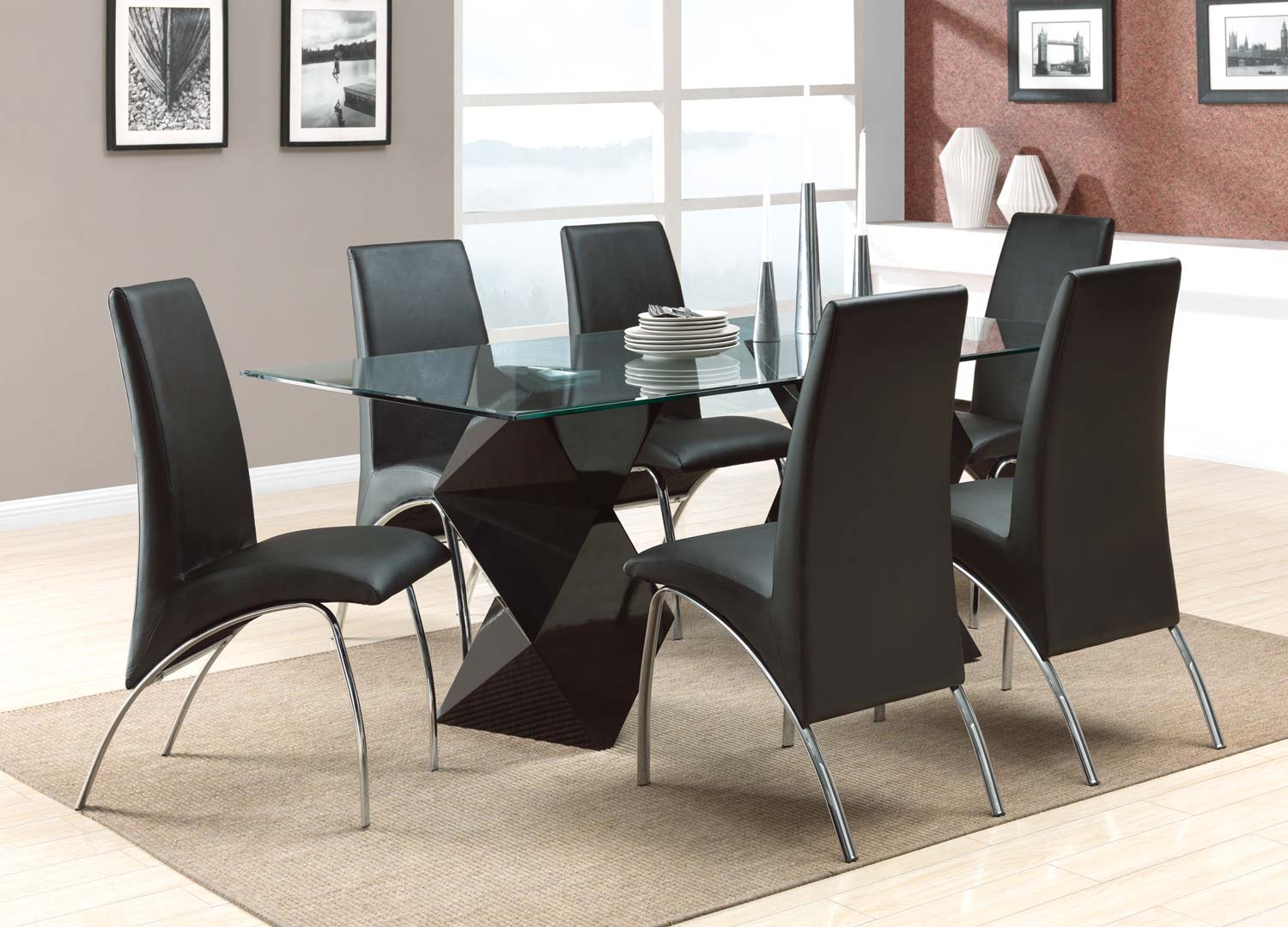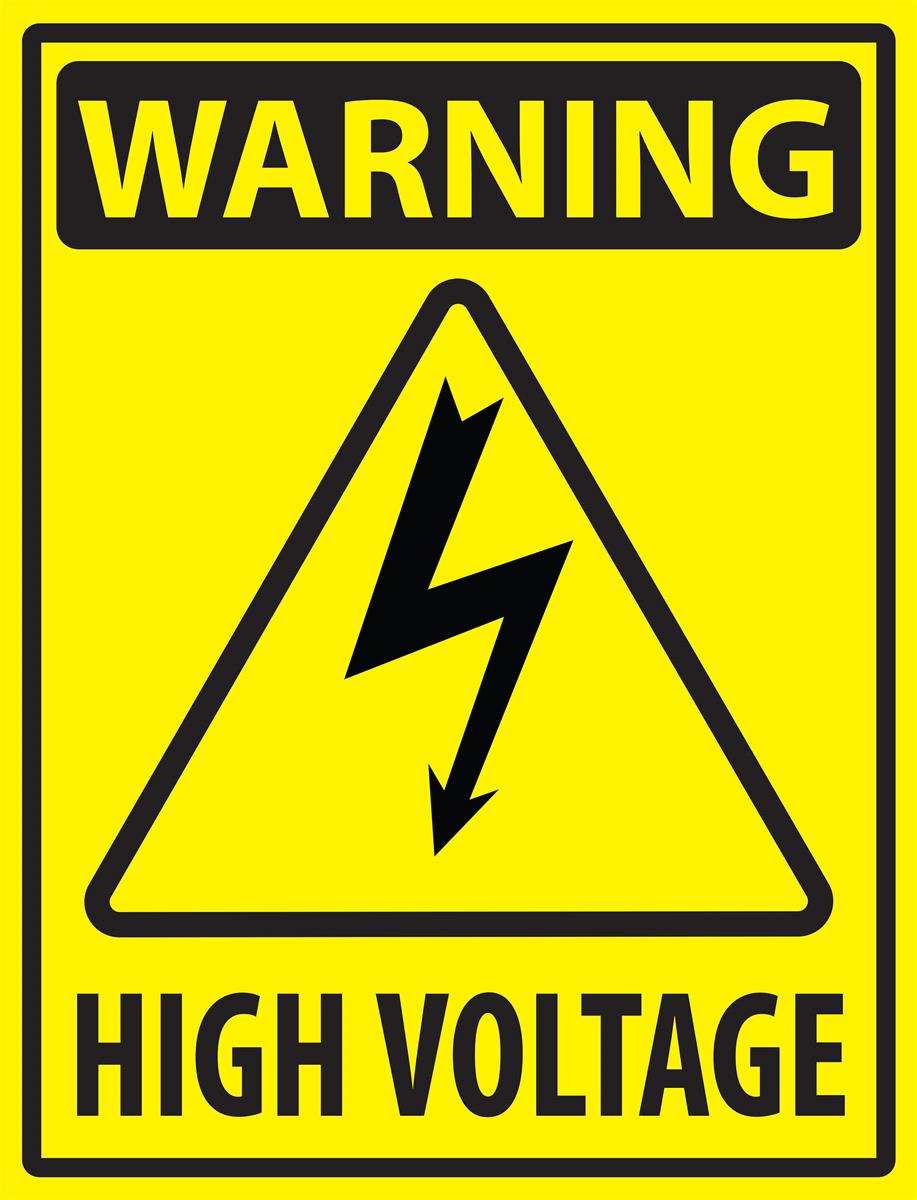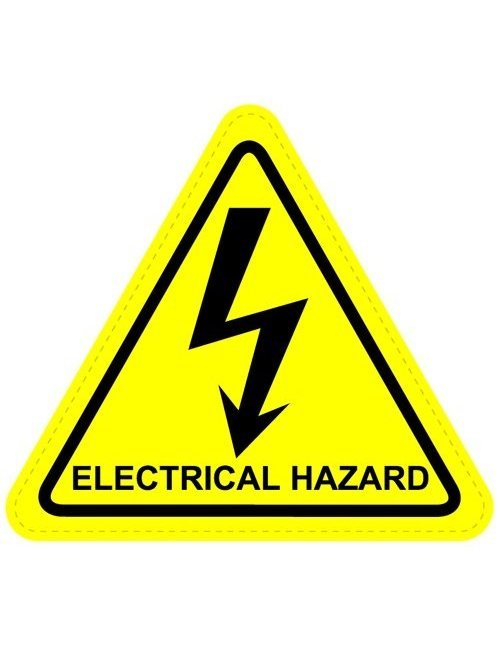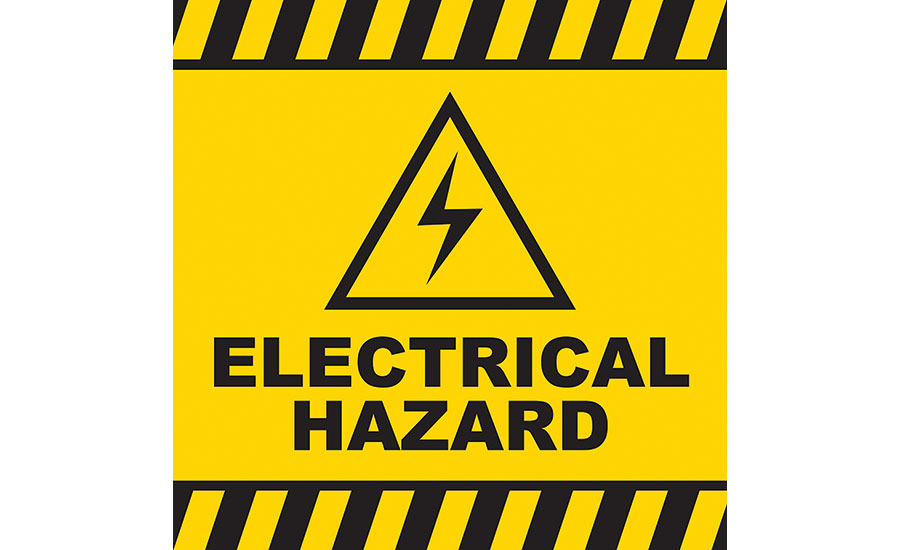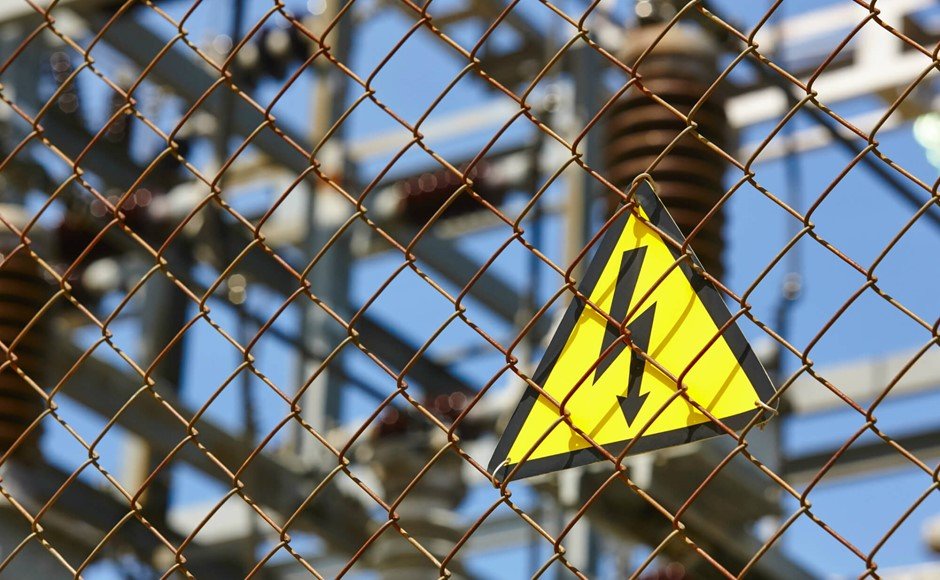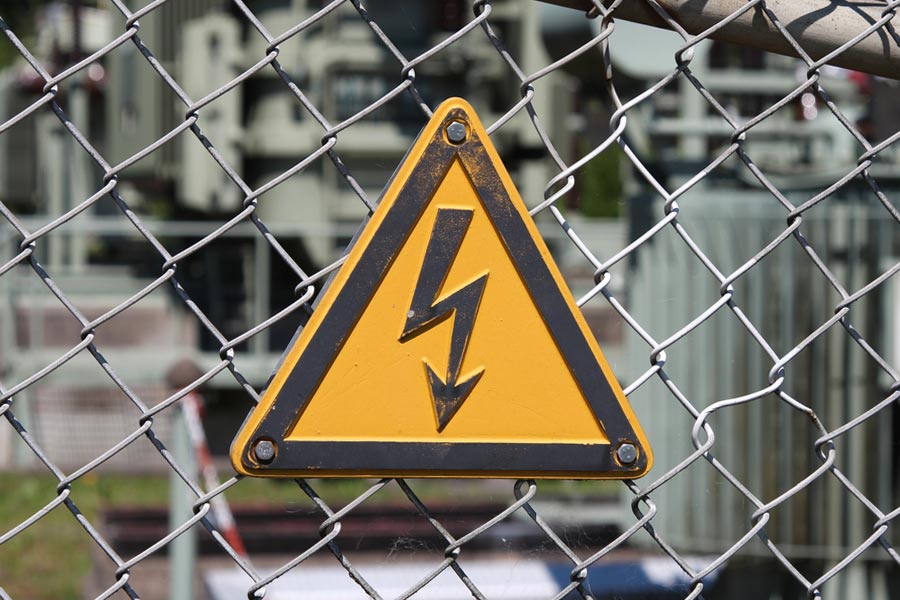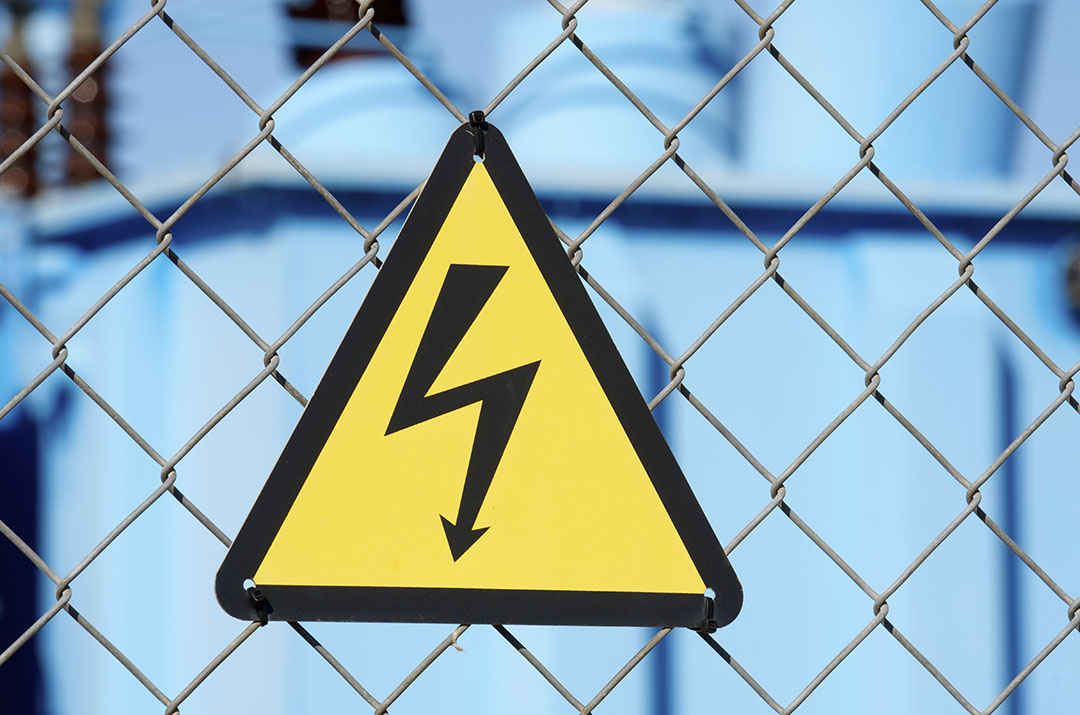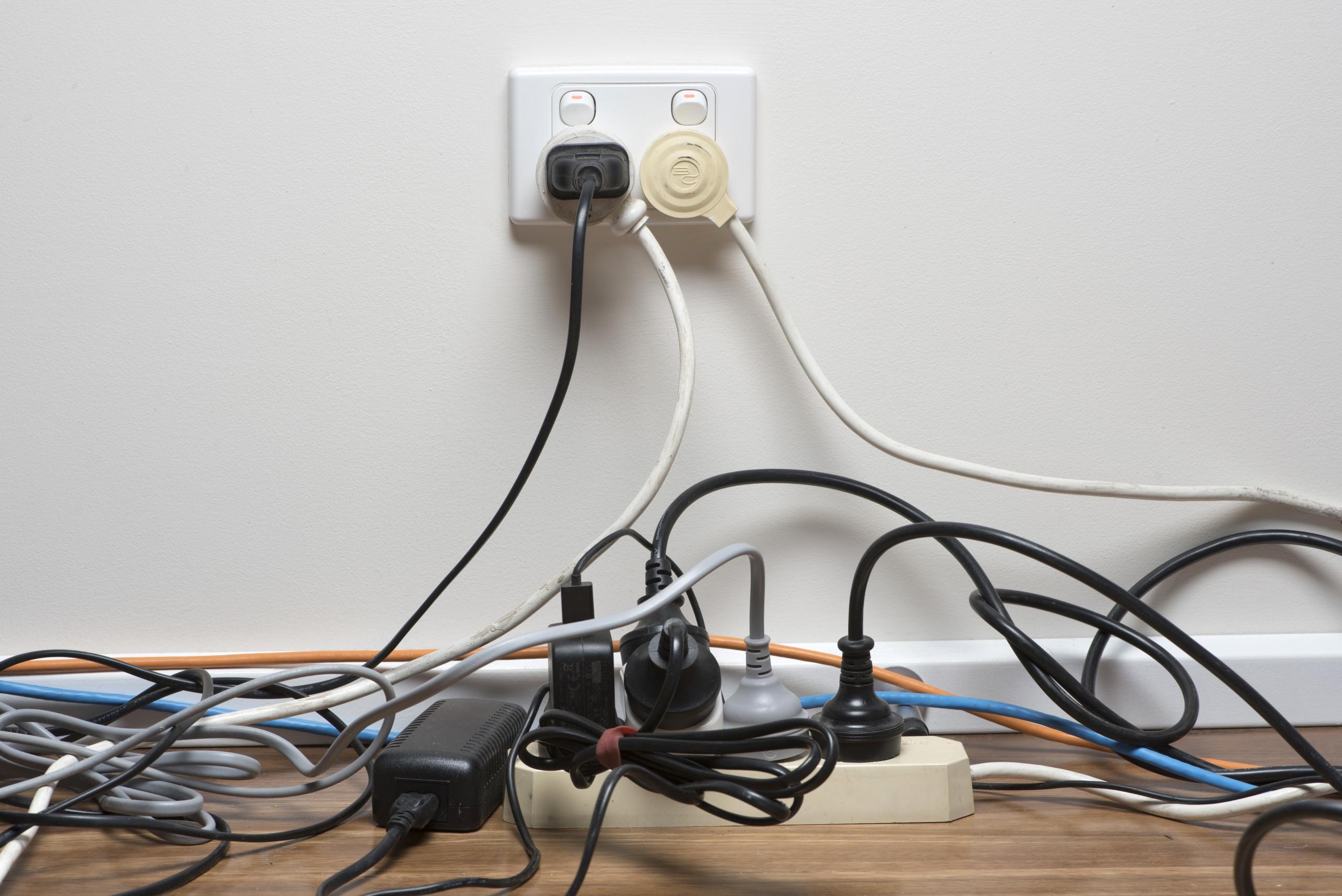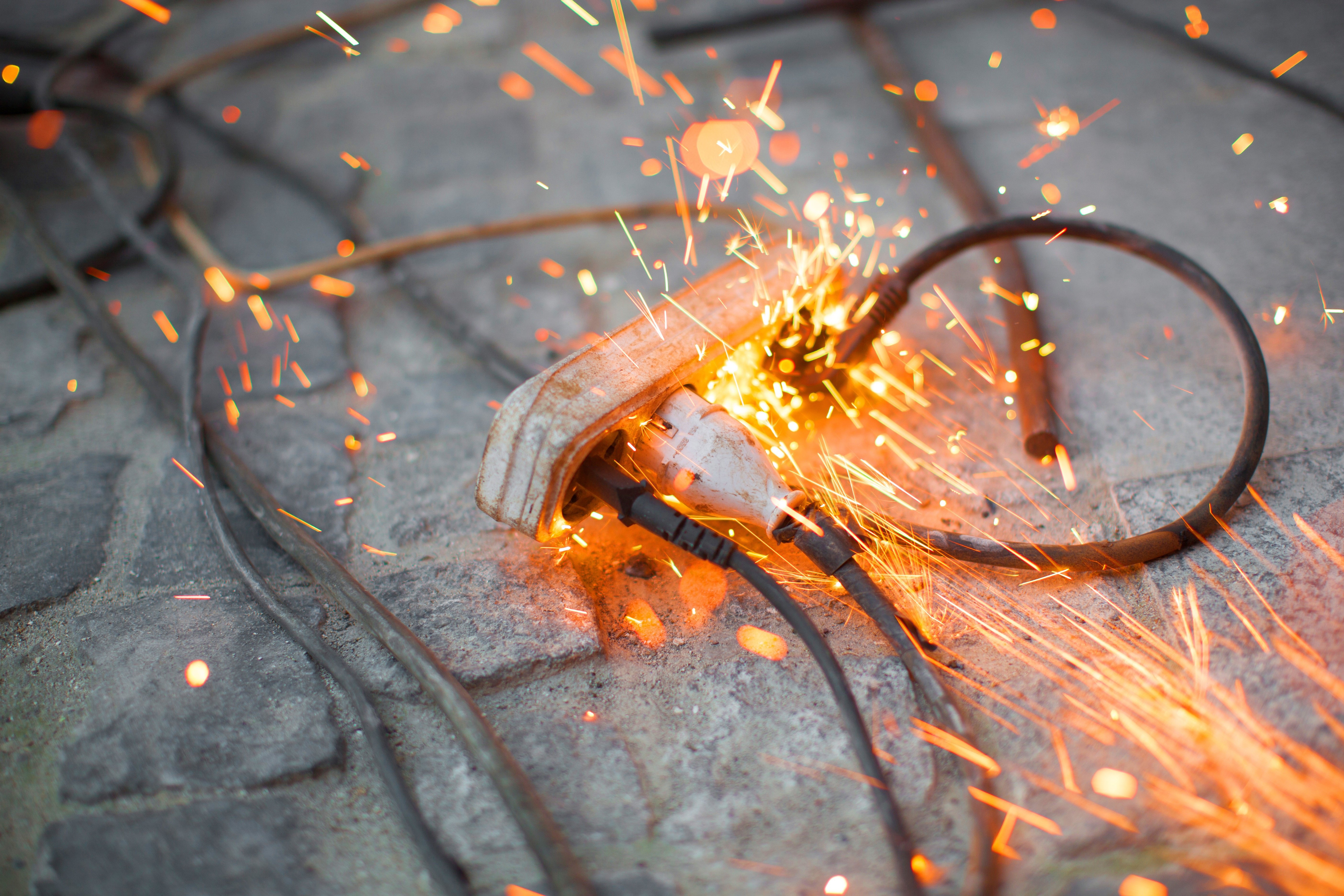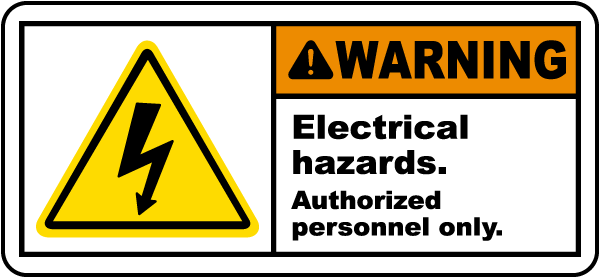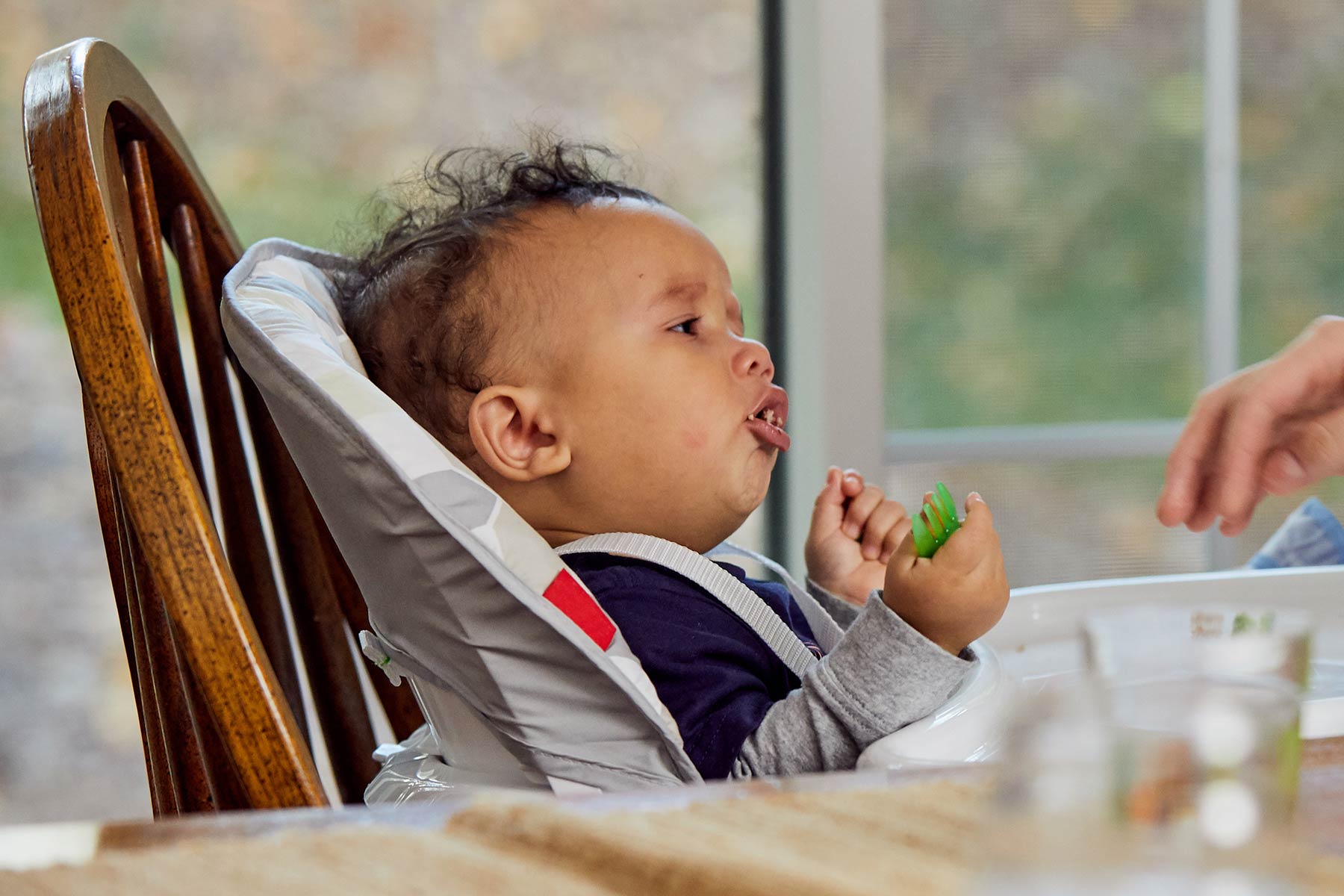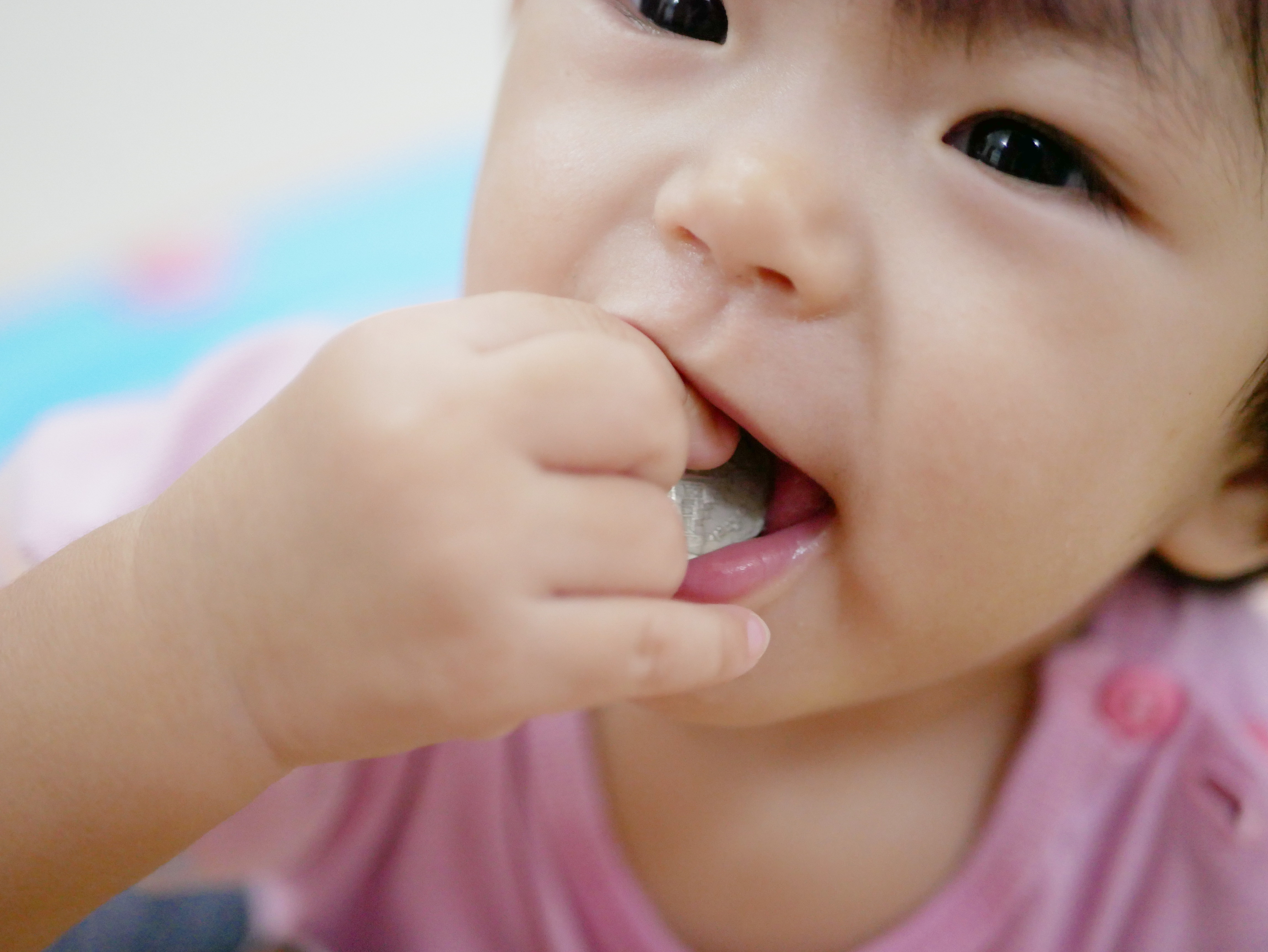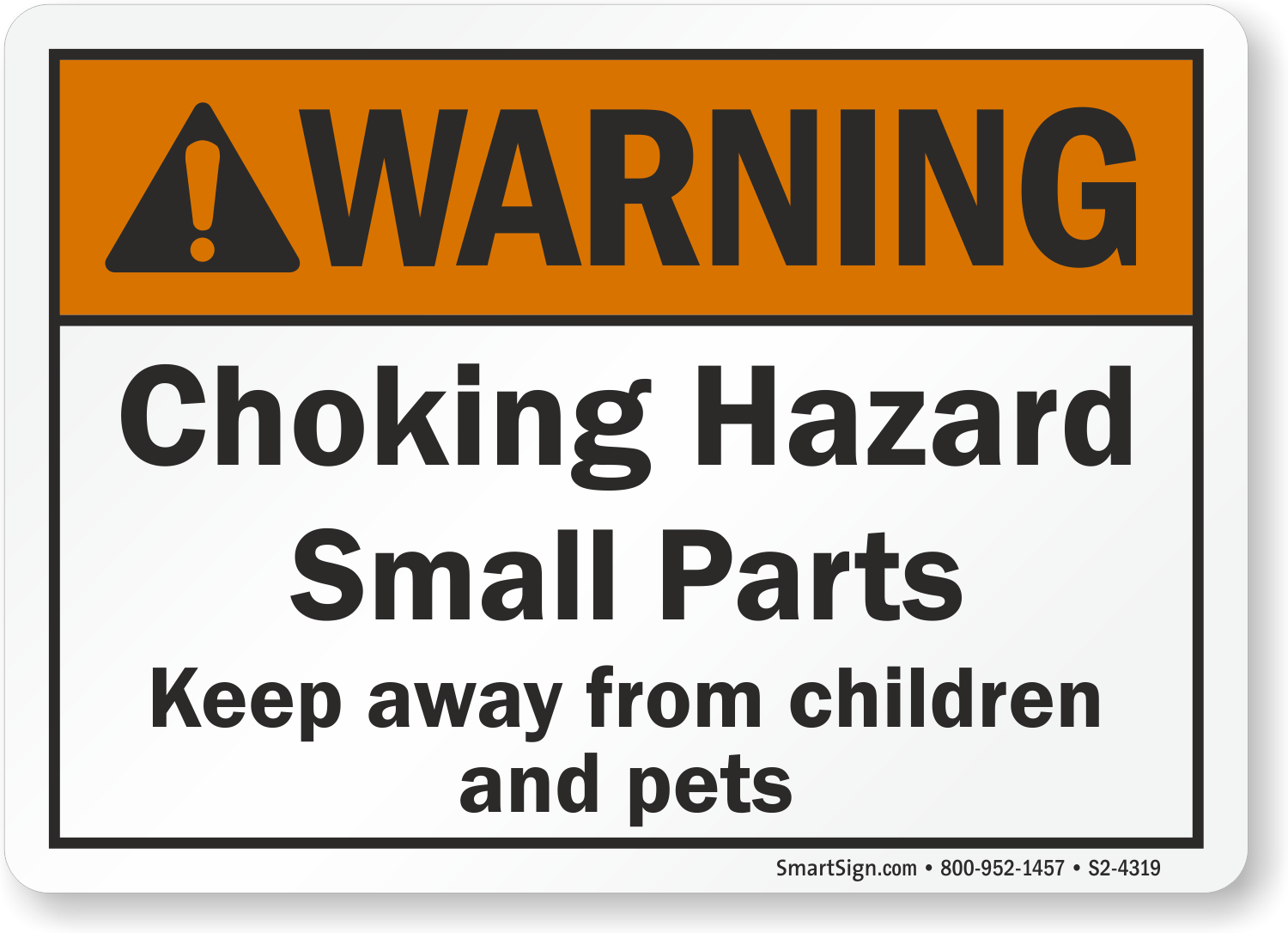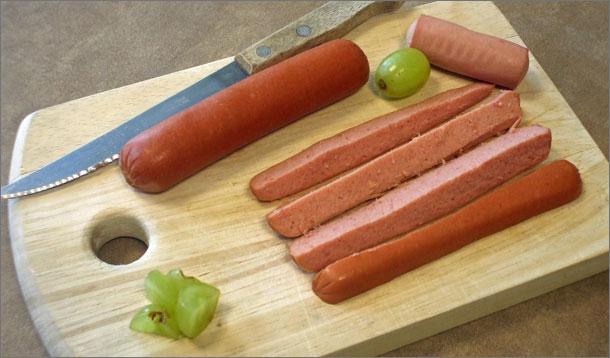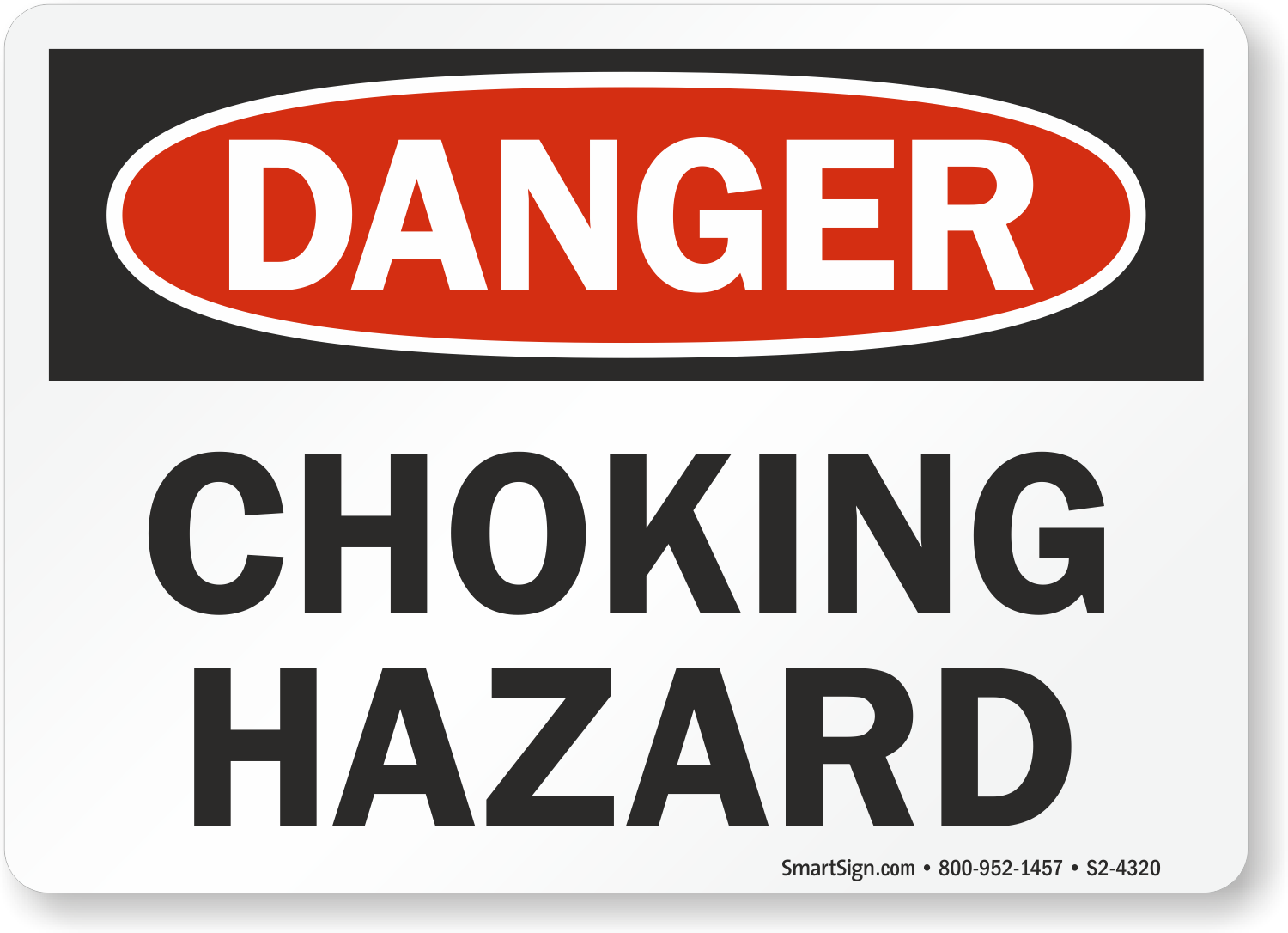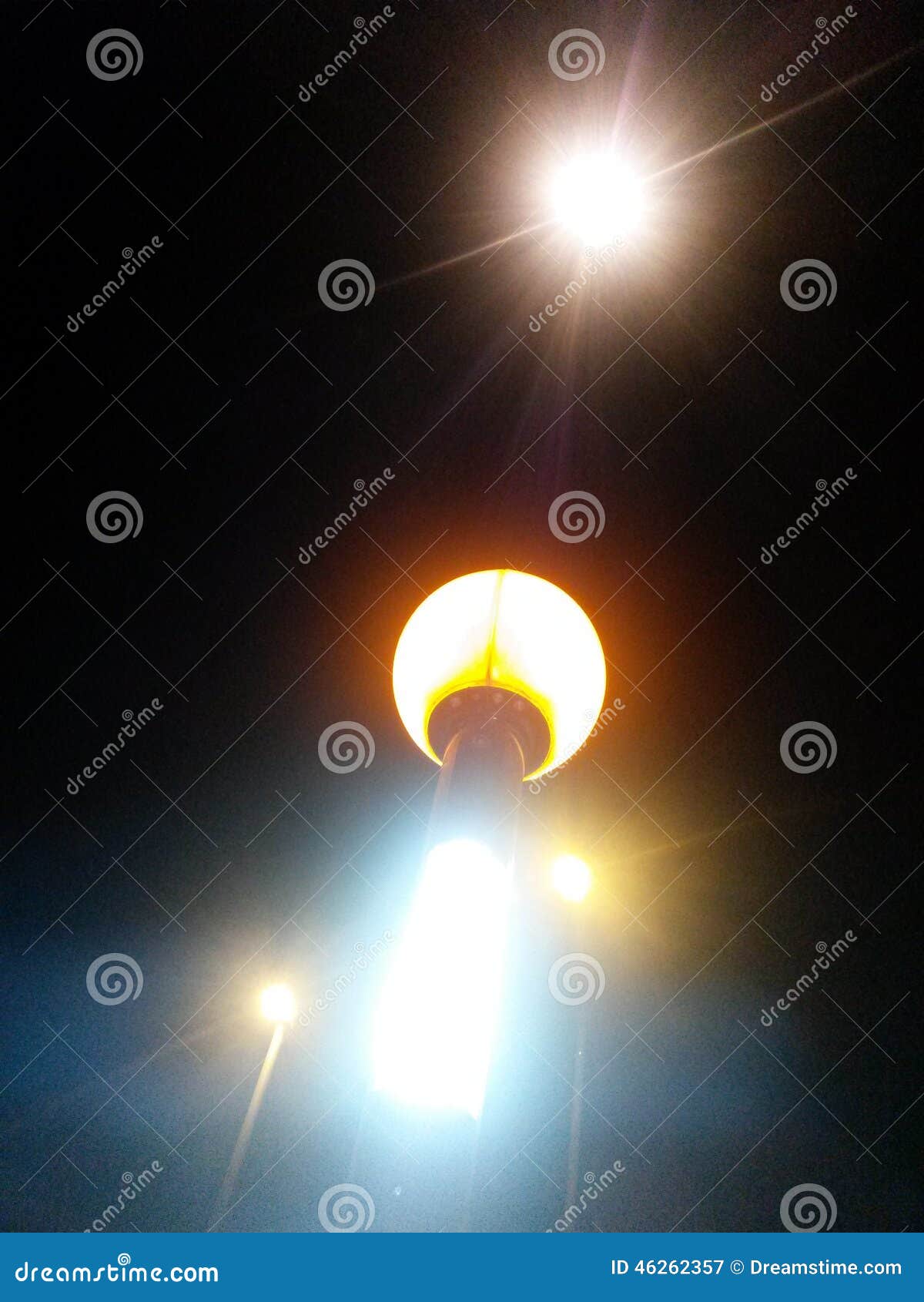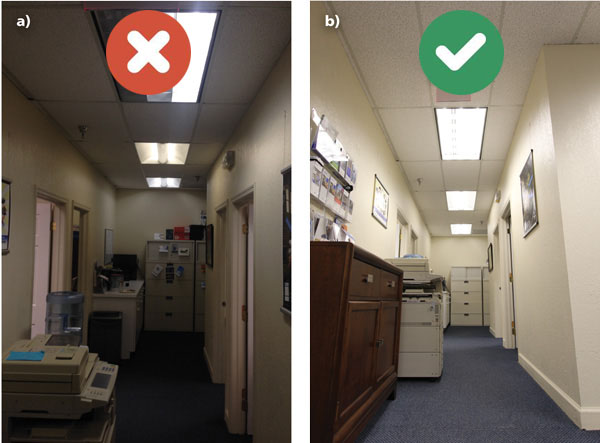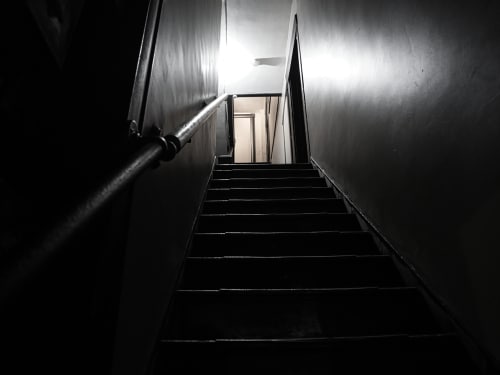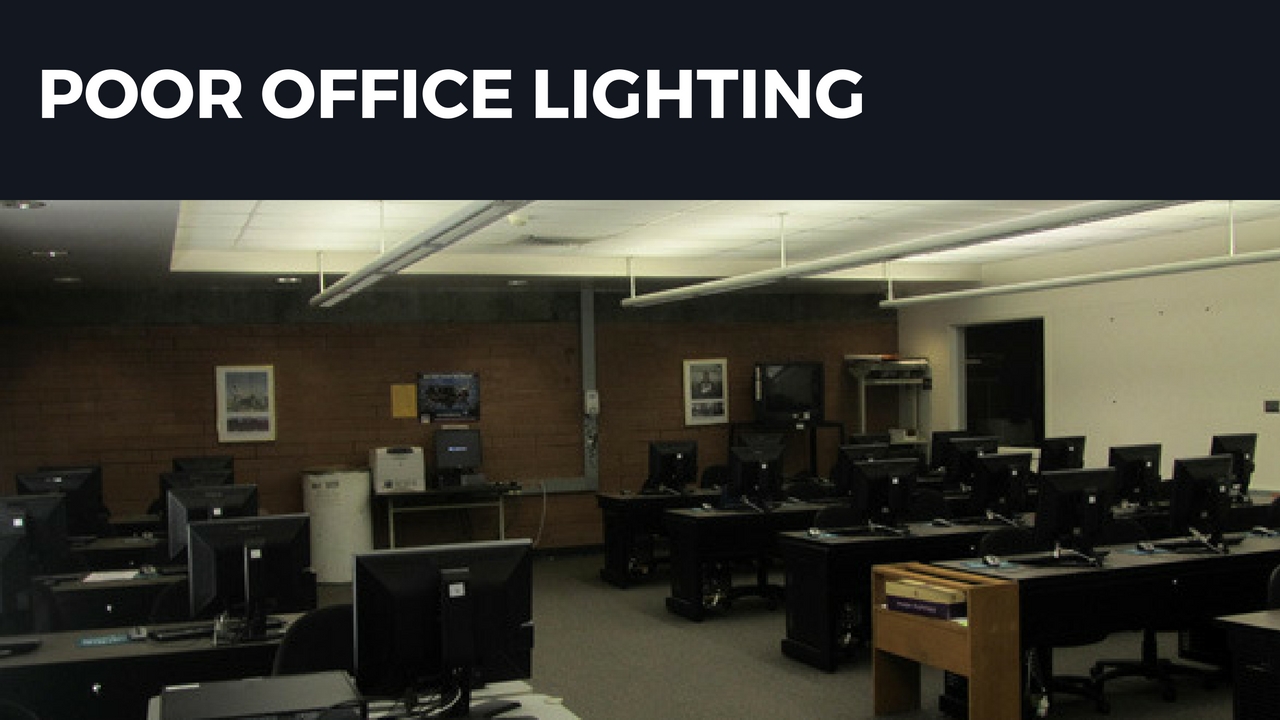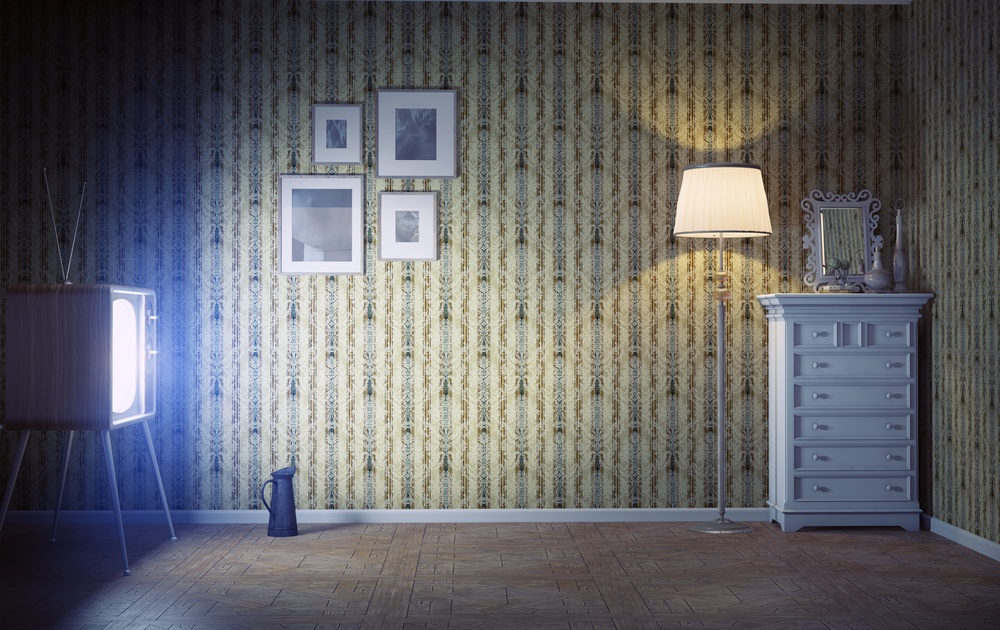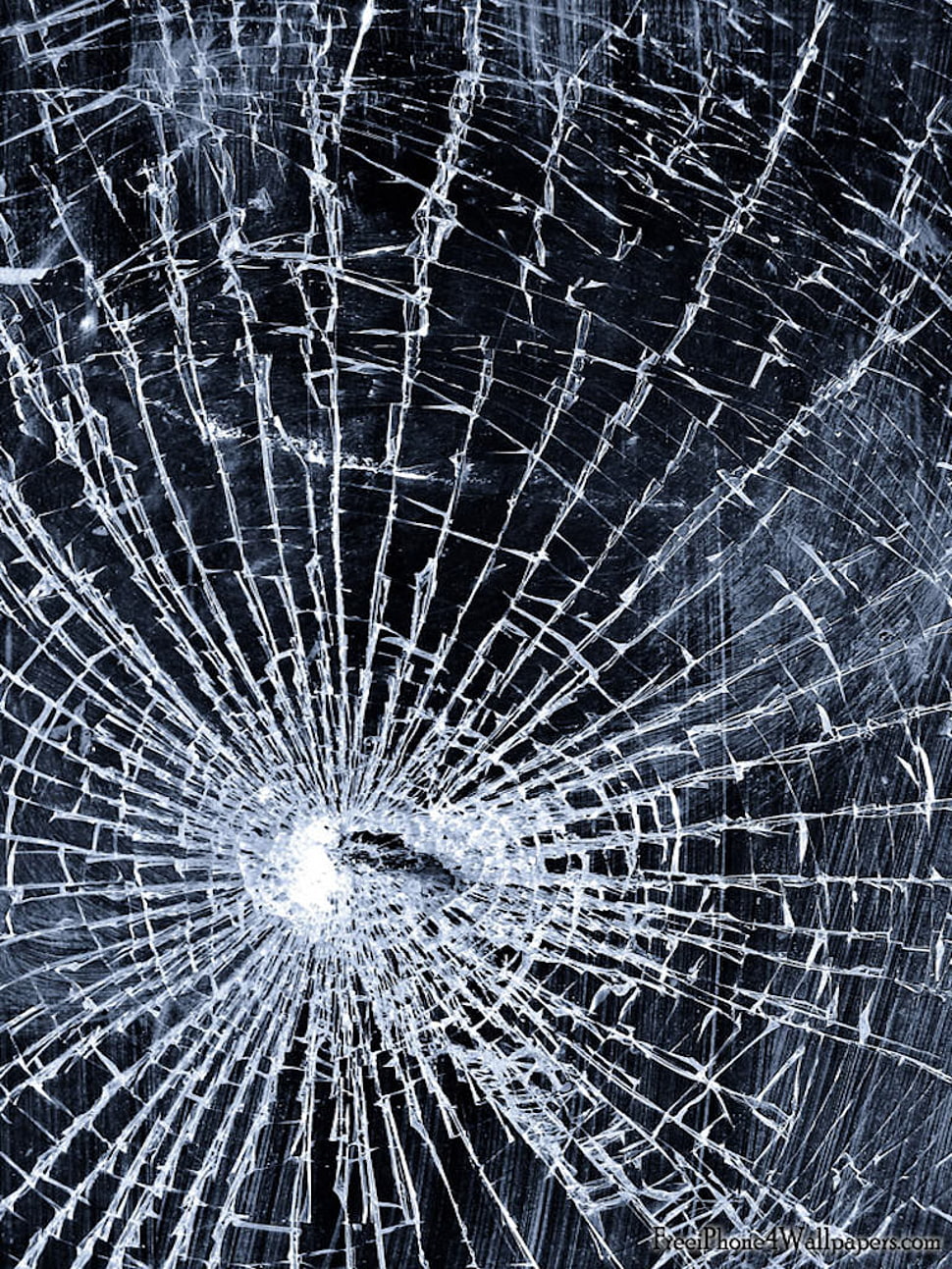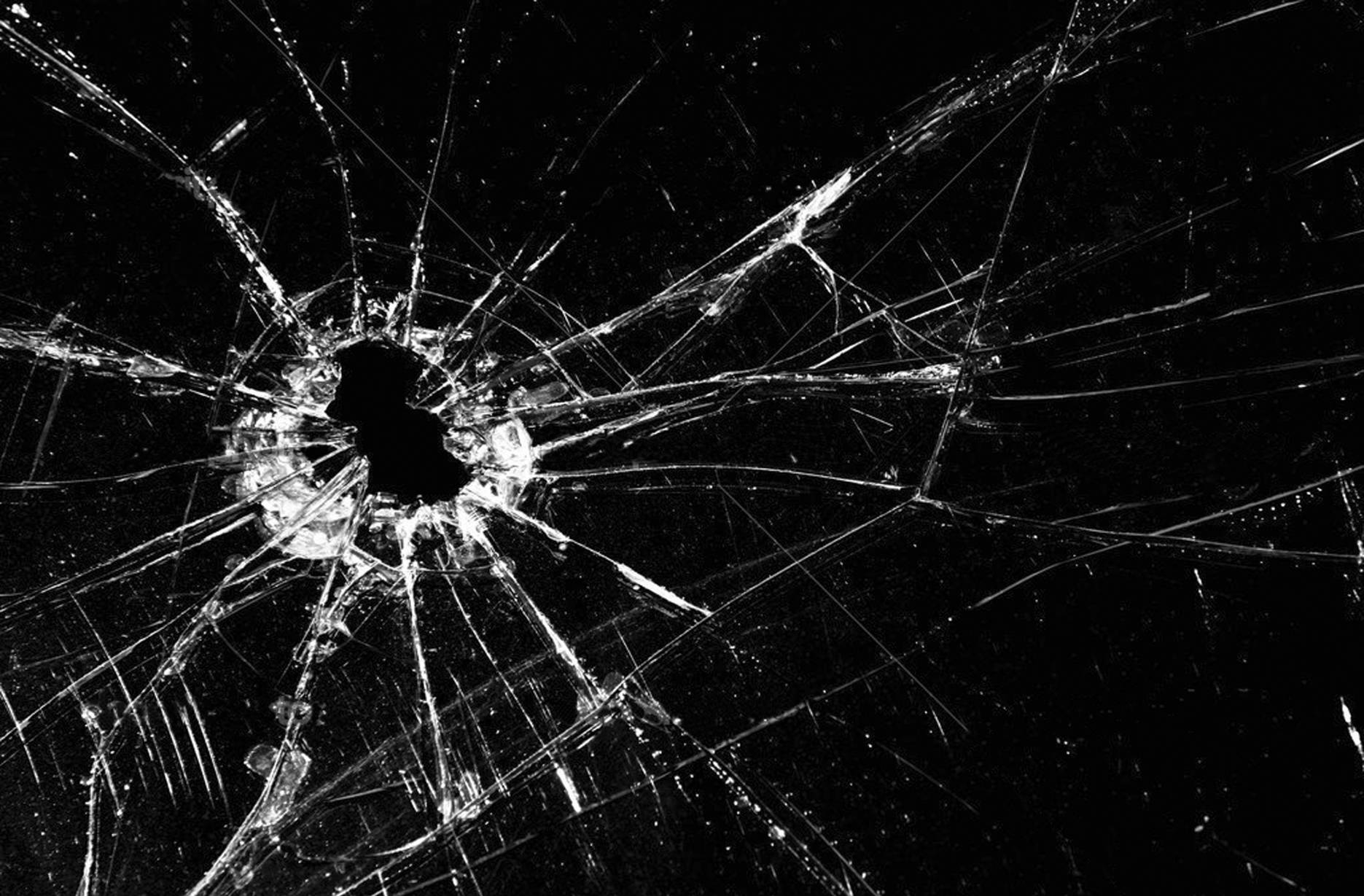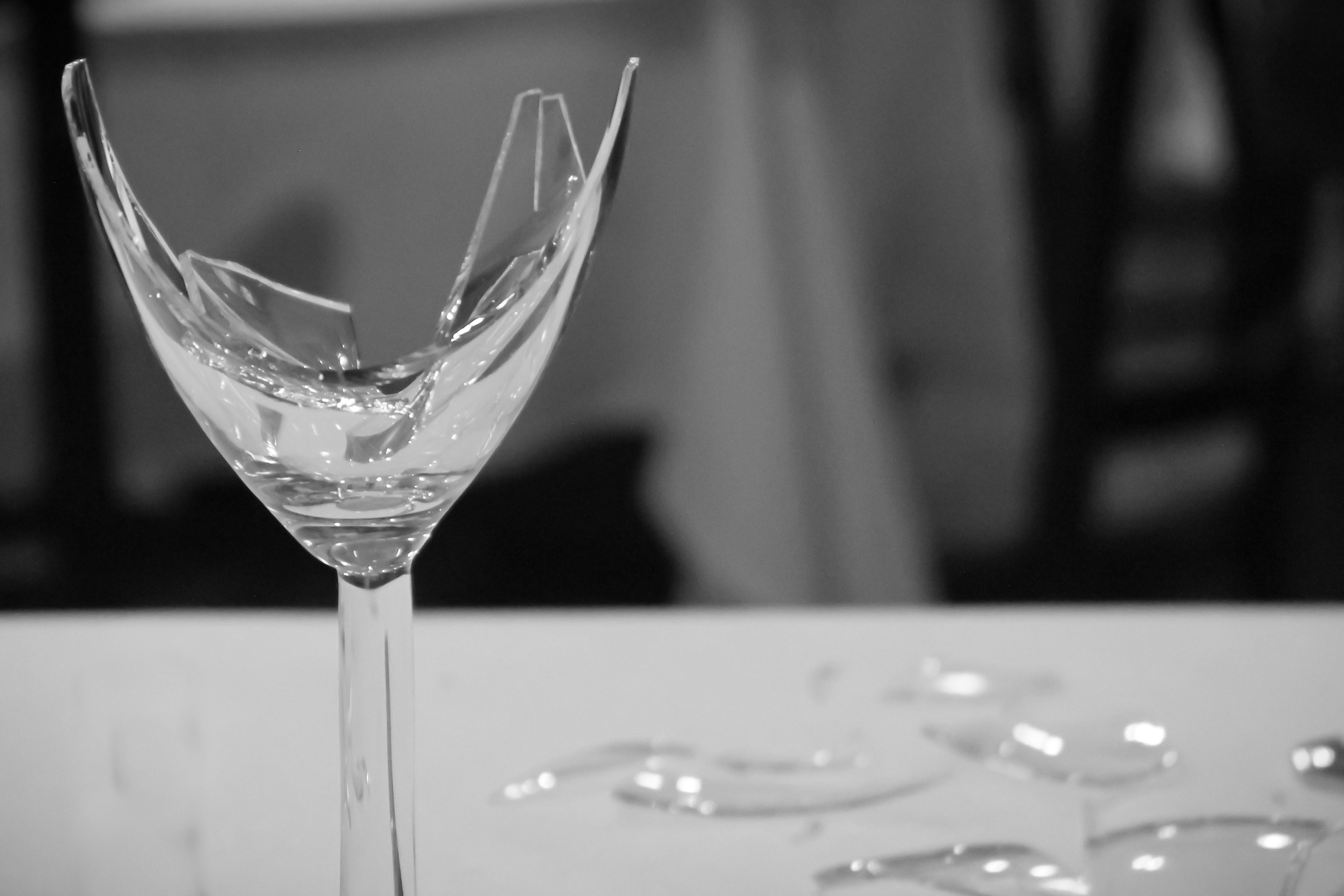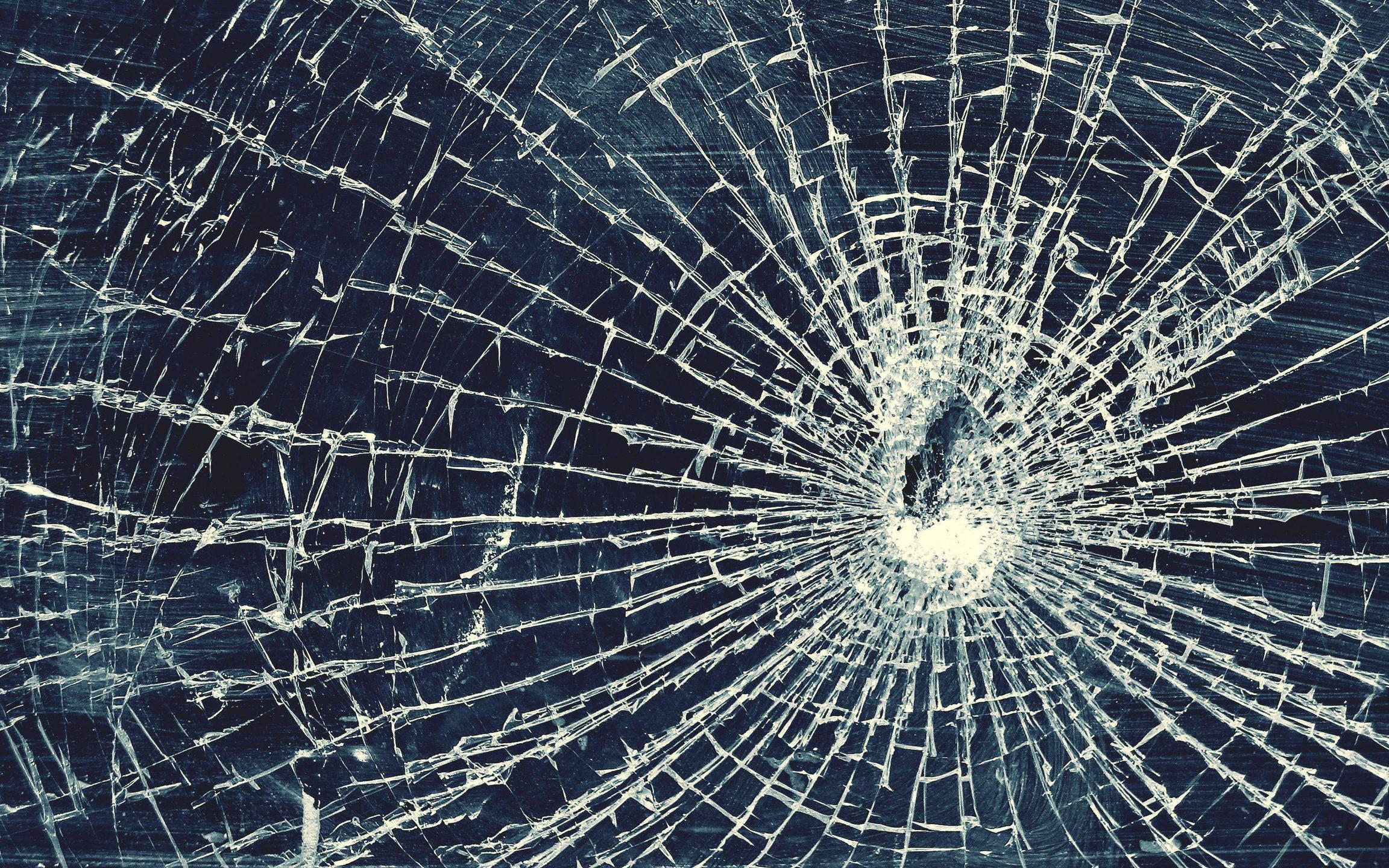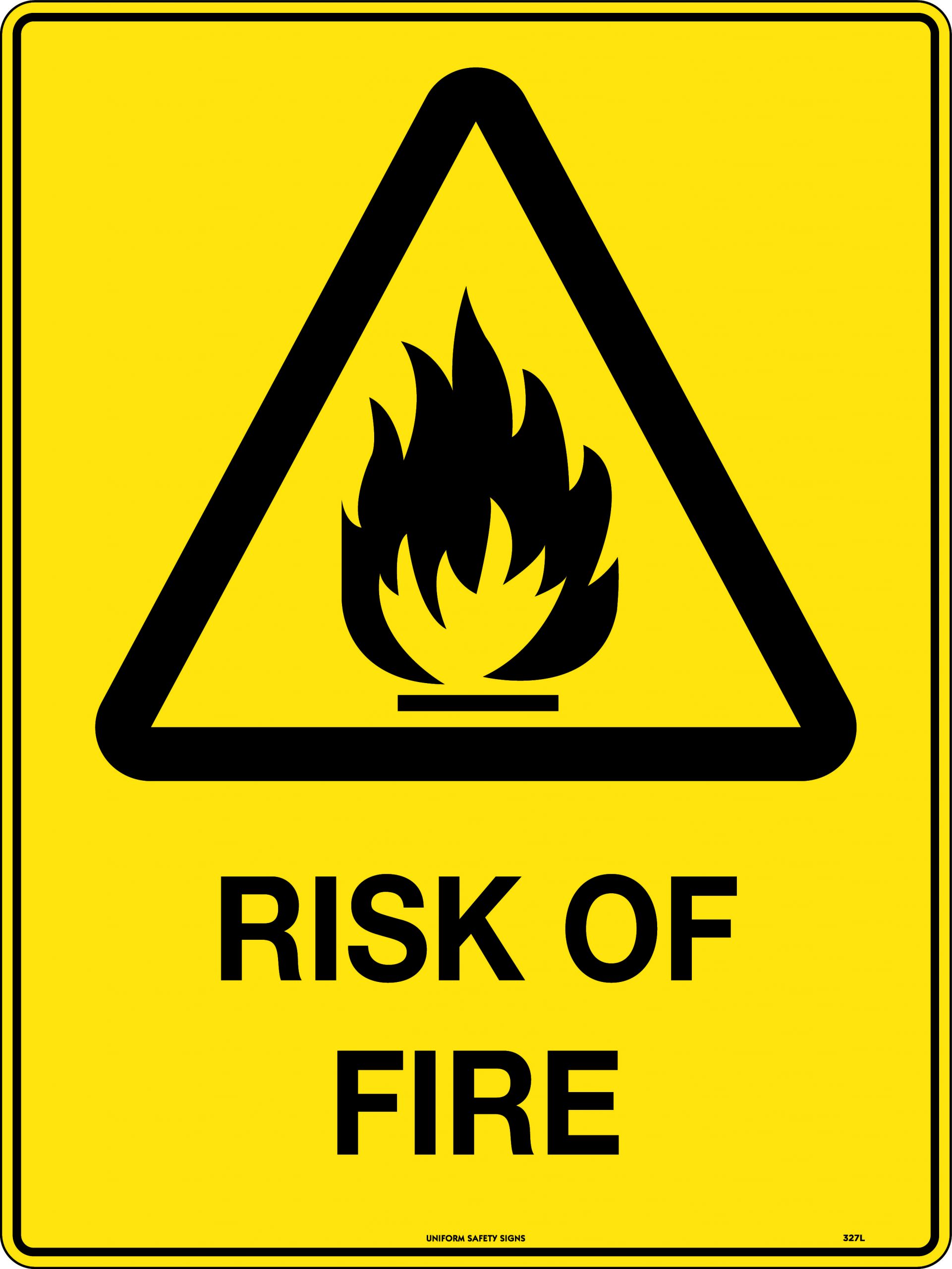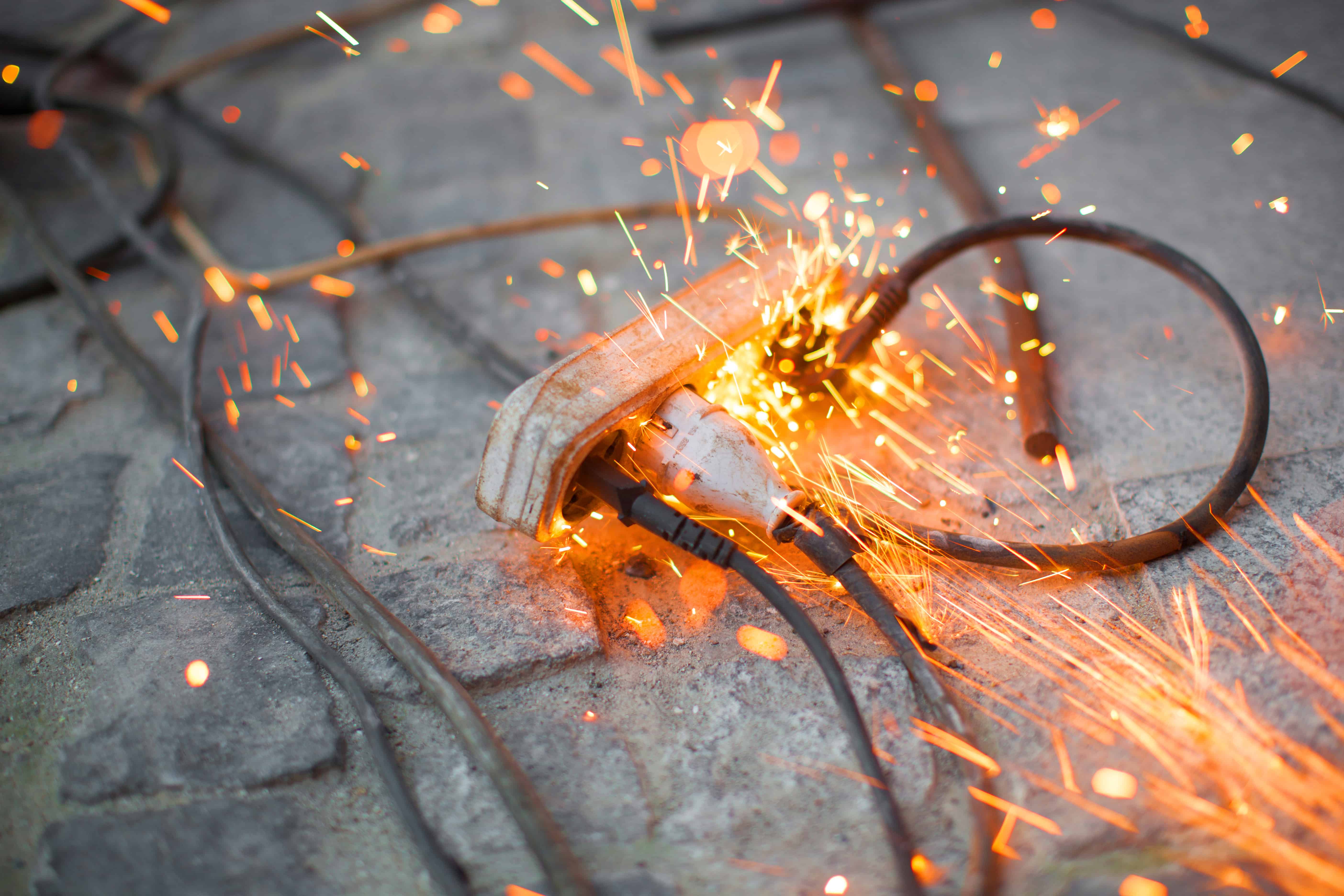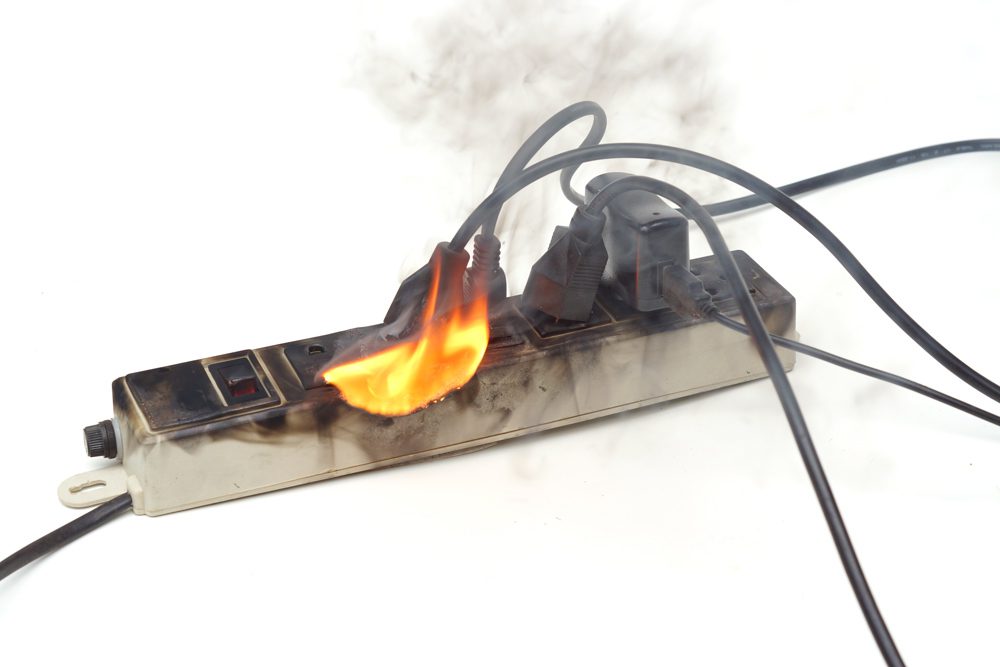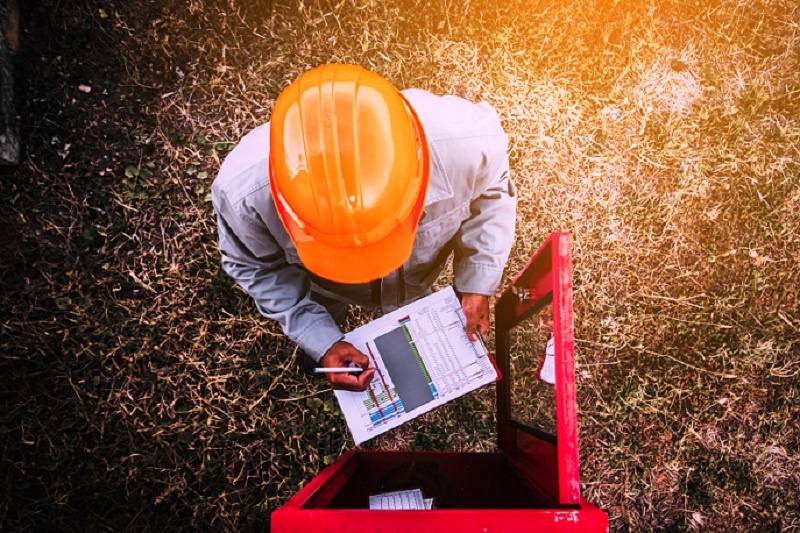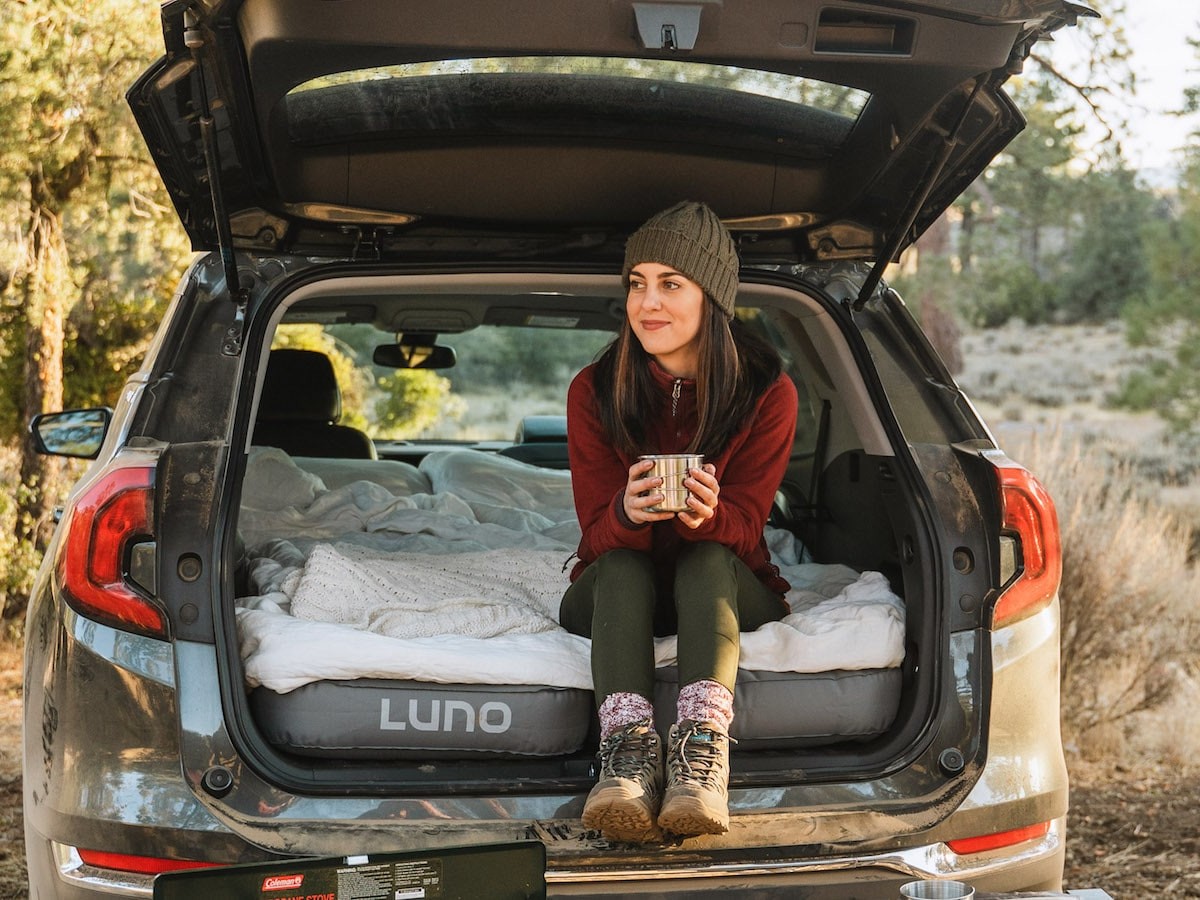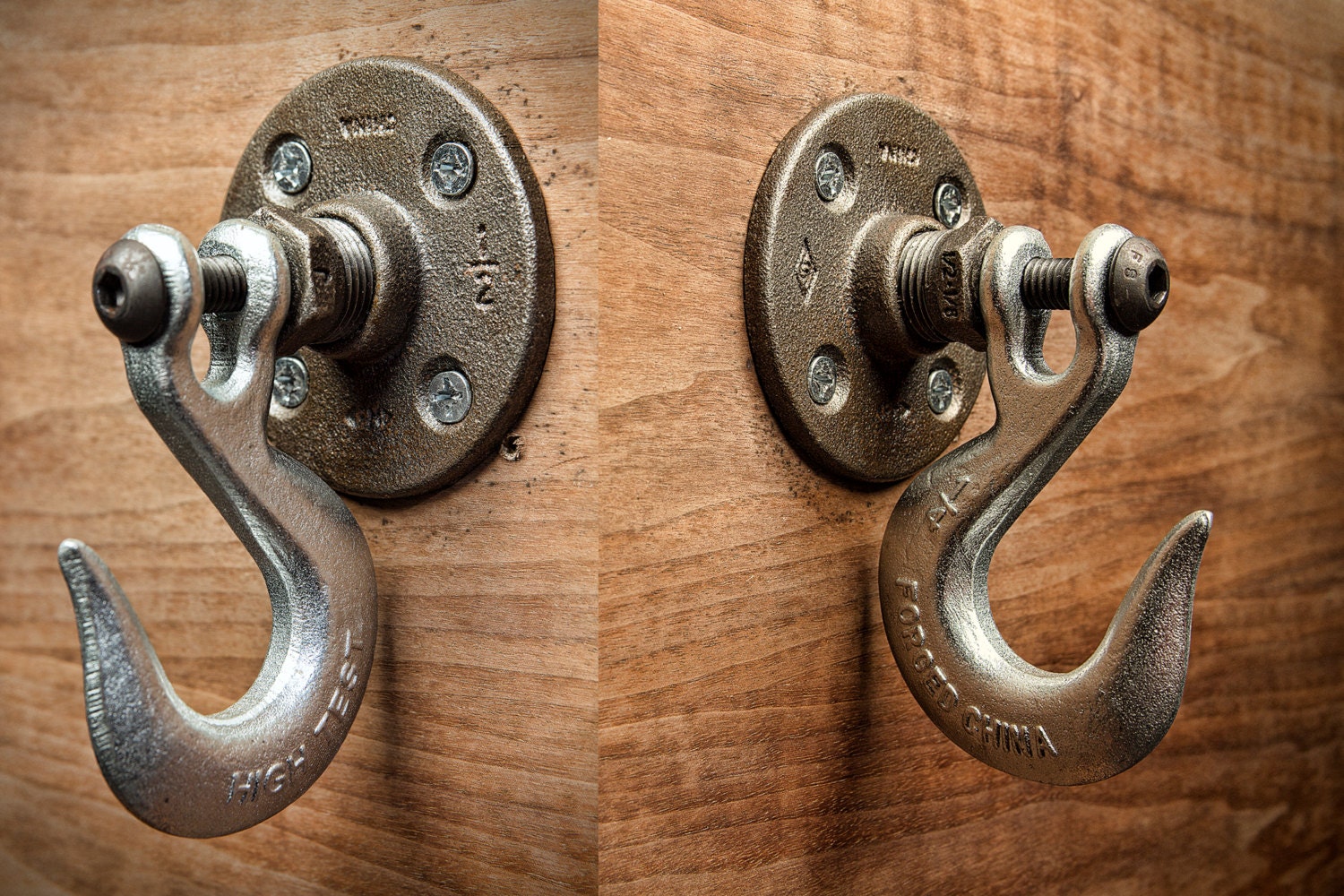Have you ever walked into a dining room and immediately felt like you were walking on ice? Slippery floors are a common hazard in dining rooms and can lead to serious accidents. Whether it's a spilled drink or a freshly mopped floor, it's important to be aware of the potential danger and take precautions to prevent slips and falls. Slippery floors are not only a nuisance, but they can also result in serious injuries, especially for older individuals or those with mobility issues. Slippery Floors: A Recipe for Disaster
Knives, forks, and other utensils are essential tools in any dining room. However, they also pose a significant hazard if not handled properly. Sharp utensils can easily cause cuts and lacerations, which can lead to infections if not treated promptly. It's crucial to handle these utensils with caution and store them properly to avoid any accidents. Sharp Utensils: A Cut Above the Rest
From hot plates to boiling pots, there are many hot surfaces in a dining room that can cause burns and scalds. These injuries can be severe and even require medical attention. It's important to be aware of these hazards and use caution when handling hot items. Additionally, make sure to keep children away from hot surfaces and use potholders or oven mitts to protect yourself. Hot Surfaces: Handle with Care
Unstable furniture, such as wobbly chairs or tables, can be a major hazard in a dining room. Not only can they cause falls and injuries, but they can also cause spills and messes. It's essential to regularly check and fix any unstable furniture to prevent accidents from occurring. Unstable furniture can be especially dangerous for young children who may climb or play on it. Unstable Furniture: A Disaster Waiting to Happen
In today's modern world, there are many electrical appliances and devices in a dining room, from toasters to blenders. While these may make meal preparation easier, they also pose a potential hazard. Electrical hazards can include faulty wiring, overloaded outlets, and damaged appliances. It's crucial to regularly check and maintain these items to prevent electrical fires and shocks. Electrical Hazards: Shockingly Dangerous
Small objects, such as buttons or coins, can easily pose as choking hazards for young children in a dining room. Additionally, food can also present a danger if not cut or prepared correctly. It's important to be aware of choking hazards and keep small objects out of reach of children. When preparing food, make sure to cut it into small, manageable pieces to prevent any choking accidents. Choking Hazards: More Than Just a Nuisance
Food allergies are becoming increasingly common, and it's crucial to take them seriously in a dining room setting. When preparing meals for a group, it's essential to be aware of any potential food allergies and take precautions to prevent cross-contamination. Additionally, make sure to label any food items that may contain allergens to prevent accidental consumption. Food allergies can range from mild discomfort to life-threatening reactions, so it's vital to take them seriously. Food Allergies: A Serious Concern
A lack of adequate lighting in a dining room can make it challenging to see potential hazards and increase the risk of accidents. Whether it's dim lighting or burnt-out bulbs, it's important to have proper lighting in a dining room to avoid any accidents. Poor lighting can also make it challenging to see your food, which can lead to spills and messes. Regularly checking and replacing light bulbs can help prevent any accidents from occurring. Poor Lighting: A Recipe for Disaster
Broken glass is a common hazard in a dining room, whether it's from a dropped glass or a broken dish. It's essential to clean up any broken glass immediately to prevent any injuries. Additionally, make sure to dispose of it properly to avoid any accidents from occurring in the garbage. Broken glass can cause cuts and lacerations, so it's essential to handle it with care. Broken Glass: Handle with Care
A dining room is a place where many fire hazards can be present, from lit candles to a stovetop. It's crucial to take precautions to prevent any fires from occurring. This can include keeping flammable items away from heat sources, regularly checking smoke detectors, and never leaving a candle unattended. Fire hazards can cause significant damage and injuries, so it's essential to always be aware and take necessary precautions. Fire Hazards: Keep Your Cool
Preventing Hazards in the Dining Room
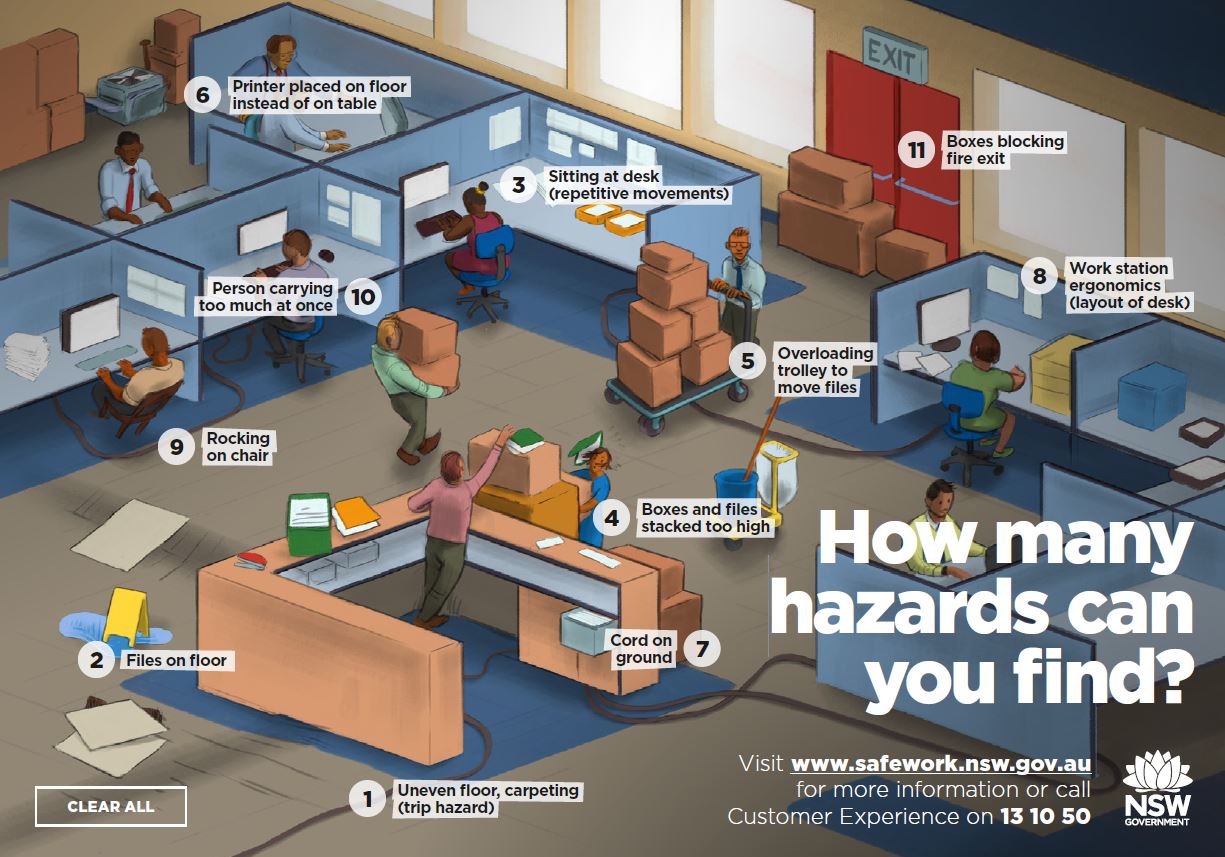
Introduction
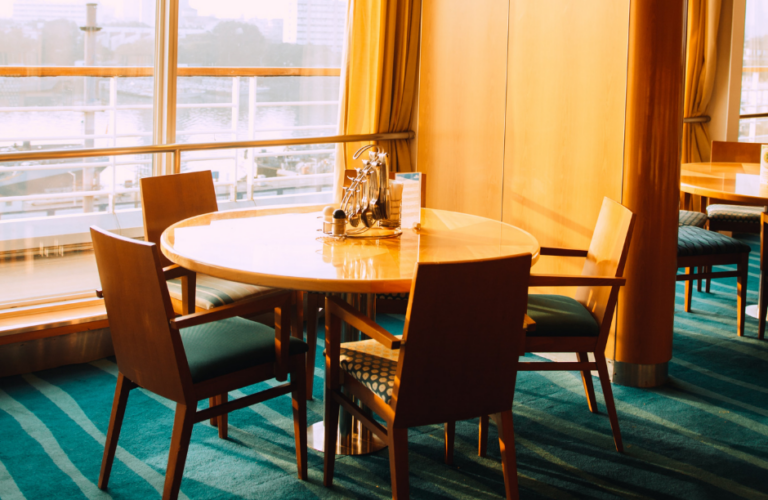 The dining room is often considered the heart of the home, a place where families gather to share meals and make memories. But in the midst of all the hustle and bustle, it's important to be aware of potential hazards that could be lurking in this space. From sharp objects to slippery floors, the dining room can pose several risks if not properly managed. In this article, we will explore some common hazards in the dining room and provide tips on how to prevent accidents and injuries.
The dining room is often considered the heart of the home, a place where families gather to share meals and make memories. But in the midst of all the hustle and bustle, it's important to be aware of potential hazards that could be lurking in this space. From sharp objects to slippery floors, the dining room can pose several risks if not properly managed. In this article, we will explore some common hazards in the dining room and provide tips on how to prevent accidents and injuries.
Sharp Objects
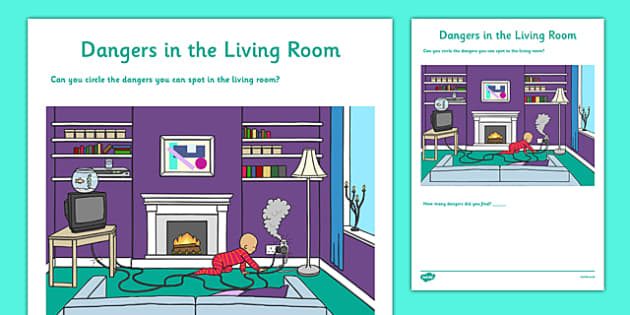 Knives, forks, and other sharp utensils are essential tools in the dining room, but they can also be dangerous if not handled with care. A simple slip of the hand while cutting or carving can result in a serious injury. To prevent accidents, always use a cutting board and keep your fingers away from the blade while chopping. Make sure to store knives and other sharp objects in a designated drawer or knife block, out of reach of children.
Knives, forks, and other sharp utensils are essential tools in the dining room, but they can also be dangerous if not handled with care. A simple slip of the hand while cutting or carving can result in a serious injury. To prevent accidents, always use a cutting board and keep your fingers away from the blade while chopping. Make sure to store knives and other sharp objects in a designated drawer or knife block, out of reach of children.
Slippery Floors
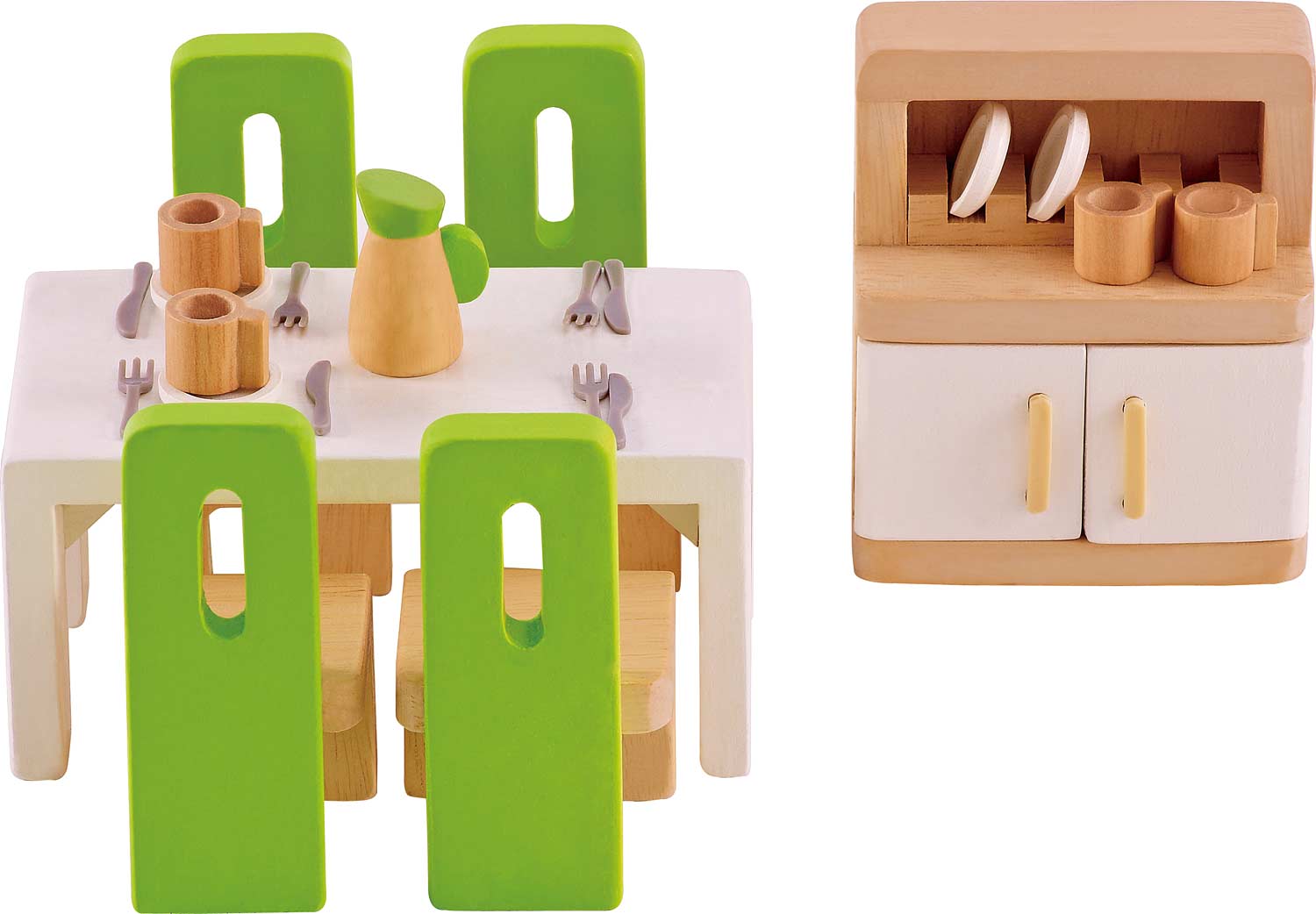 Spilled drinks and dropped food can make dining room floors slippery, posing a risk for slips and falls. To prevent this, be sure to clean up any spills immediately. Use non-slip mats or rugs under the dining table to provide a stable surface for chairs. If you have hardwood or tile floors, consider using non-slip pads under your area rug for added stability.
Spilled drinks and dropped food can make dining room floors slippery, posing a risk for slips and falls. To prevent this, be sure to clean up any spills immediately. Use non-slip mats or rugs under the dining table to provide a stable surface for chairs. If you have hardwood or tile floors, consider using non-slip pads under your area rug for added stability.
Electrical Hazards
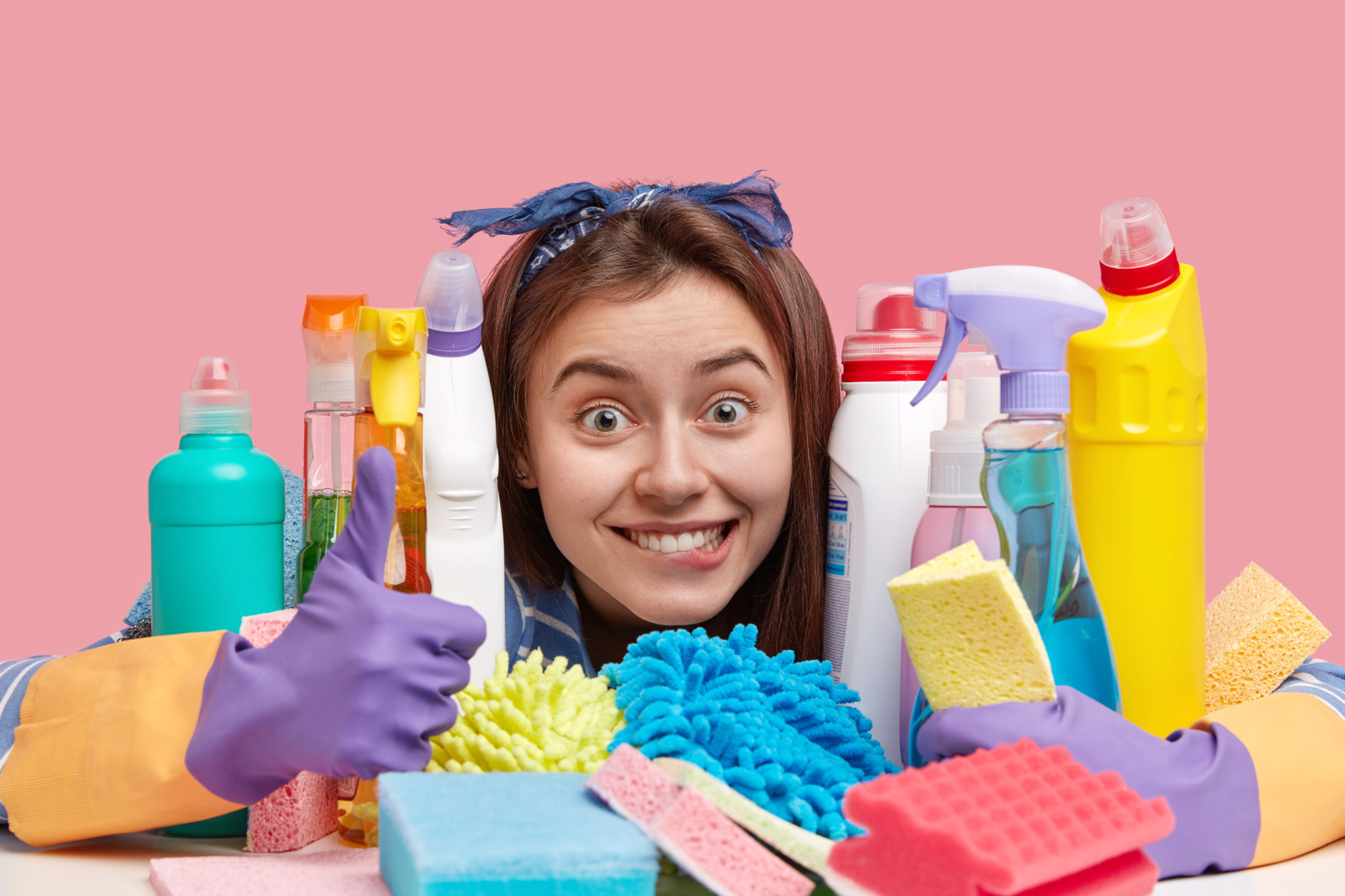 Electrical appliances are commonly used in the dining room, such as toasters, blenders, and coffee makers. To prevent electrical hazards, make sure all appliances are in good working condition and have their cords and plugs intact. Avoid overloading outlets and use surge protectors to prevent electrical fires. Keep cords neatly organized and out of the way to avoid tripping hazards.
Electrical appliances are commonly used in the dining room, such as toasters, blenders, and coffee makers. To prevent electrical hazards, make sure all appliances are in good working condition and have their cords and plugs intact. Avoid overloading outlets and use surge protectors to prevent electrical fires. Keep cords neatly organized and out of the way to avoid tripping hazards.
Choking Hazards
 Food can also pose a risk in the dining room, especially for young children. Small objects such as nuts, grapes, and candy can easily become choking hazards. To prevent this, cut food into small pieces and supervise young children while they eat. Keep small objects out of reach and be mindful of any toys or small items that may have fallen onto the floor.
Food can also pose a risk in the dining room, especially for young children. Small objects such as nuts, grapes, and candy can easily become choking hazards. To prevent this, cut food into small pieces and supervise young children while they eat. Keep small objects out of reach and be mindful of any toys or small items that may have fallen onto the floor.
Conclusion
 By being aware of potential hazards in the dining room, you can create a safe and enjoyable space for you and your family. Remember to always handle sharp objects with care, clean up spills promptly, and ensure electrical appliances are in good working condition. With these tips in mind, you can have peace of mind while enjoying meals and making memories in your dining room.
By being aware of potential hazards in the dining room, you can create a safe and enjoyable space for you and your family. Remember to always handle sharp objects with care, clean up spills promptly, and ensure electrical appliances are in good working condition. With these tips in mind, you can have peace of mind while enjoying meals and making memories in your dining room.



